April 15, 1924: By 11 am they were ready for the 425 mile flight to Chignik. Only Major Martin in Seattle had difficulty taking off and had to take three attempts to get in the air. For the next four hours, the flight was uneventful and enjoyable but stiff head winds slowed them down. Harding recalled “The clear deep blue water below, clear skies above, and snow covered peaks and glaciers on our right were beyond description in beauty and splendor” . The other crews noticed that Seattle had dropped down to lower altitude and was staying near the rear of the formation. All but Martin decided to go over a mountain while he tried to go around it. When they reached Cape Igvak Seattle could not be seen in the thick haze, but with the strong head winds they did not have the fuel to go back and search for them. After 6 hours 38 minutes of flying they landed in Anchorage Bay at Chignik they immediately rushed ashore to radio that there leader was missing and believed down on Portage Bay. The Navy immediately ordered the destroyers Corey and Hull to the area.
June 27, 2017: Today I will be flying the Douglas DC-2 for the 364nm flight from Seward to Chignik Alaska. Built in response to a TWA specification for an all metal tri-motor, the Douglas response was more radical with twin engines, retractable landing gear and two 690 hp Wright radial engines driving variable-pitch propellers. Although overshadowed by its ubiquitous successor, it was the DC-2 that first showed that passenger air travel could be comfortable, safe and reliable. It even came in second in the MacRobertson Air Race between London and Melbourne while carrying mails, making scheduled passenger stops.
The model I am flying today is by UIVER Team and is quite nice. Its nice but touchy to fly, if you lower the gear when your flying to fast the hydraulics will fail and the engines cut out on me once as I probably over-revved the engine. But the flight was uneventful for me, even if it was quite rainy when I left Seward and the scenery along the way was quite dramatic. I arrived after 2.3 hours of flying. Here are a few pics from
Ready as Seward, Active Sky said this was light rain.
Back out Resurrection Bay.
I did say there was 'light rain' didn't I.
Glaciers.

 FSX
FSX







 Reply With Quote
Reply With Quote






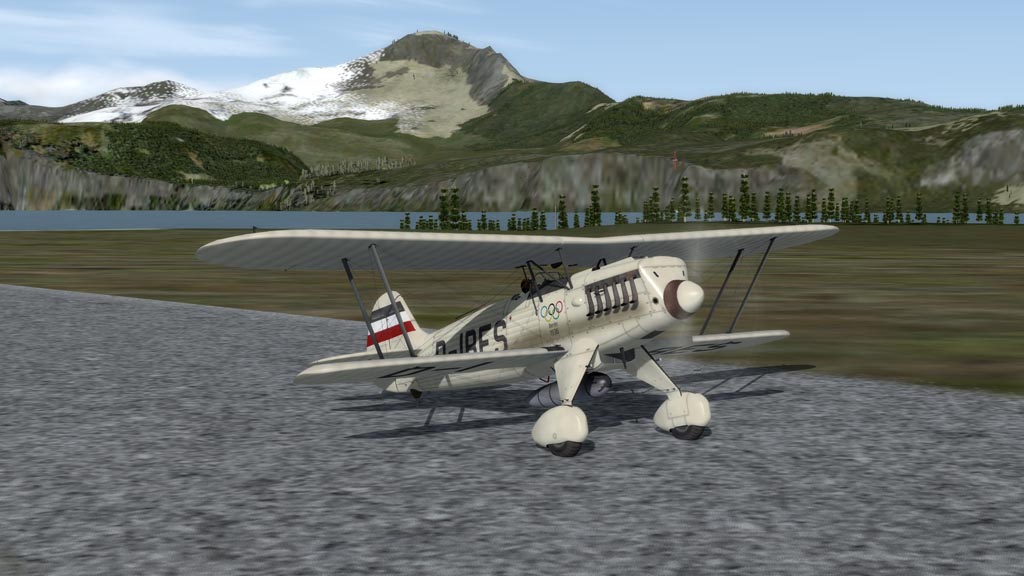
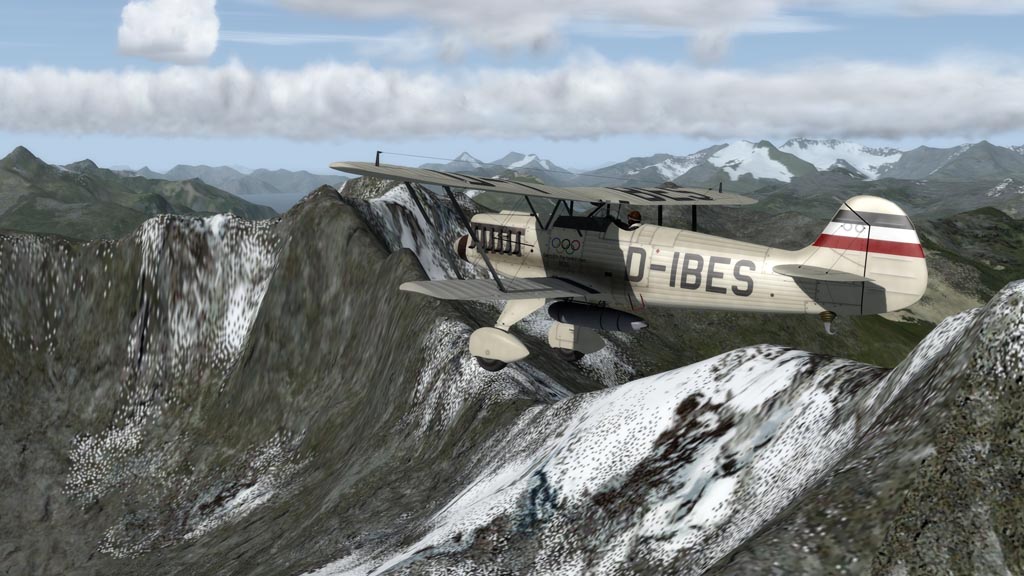
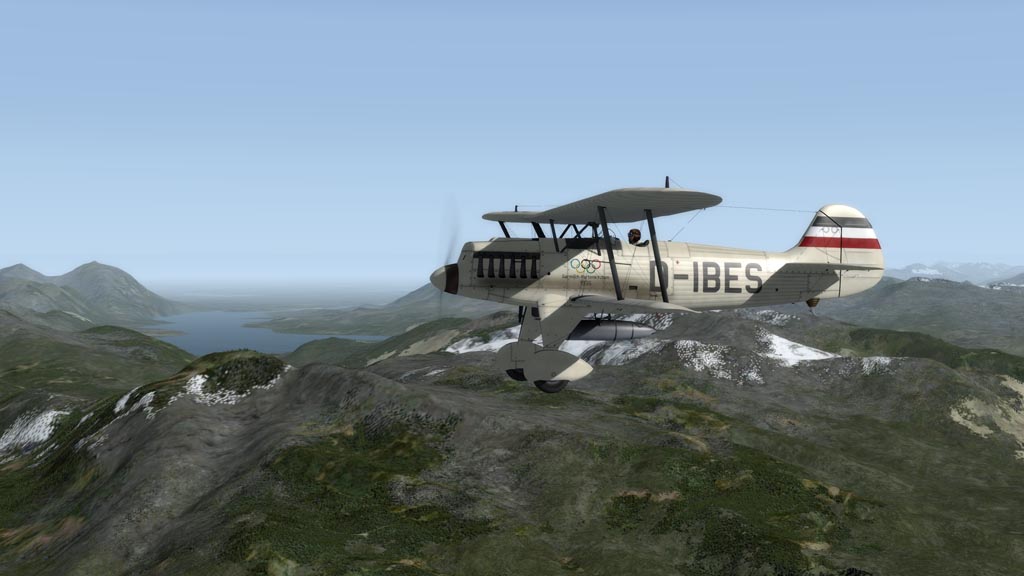
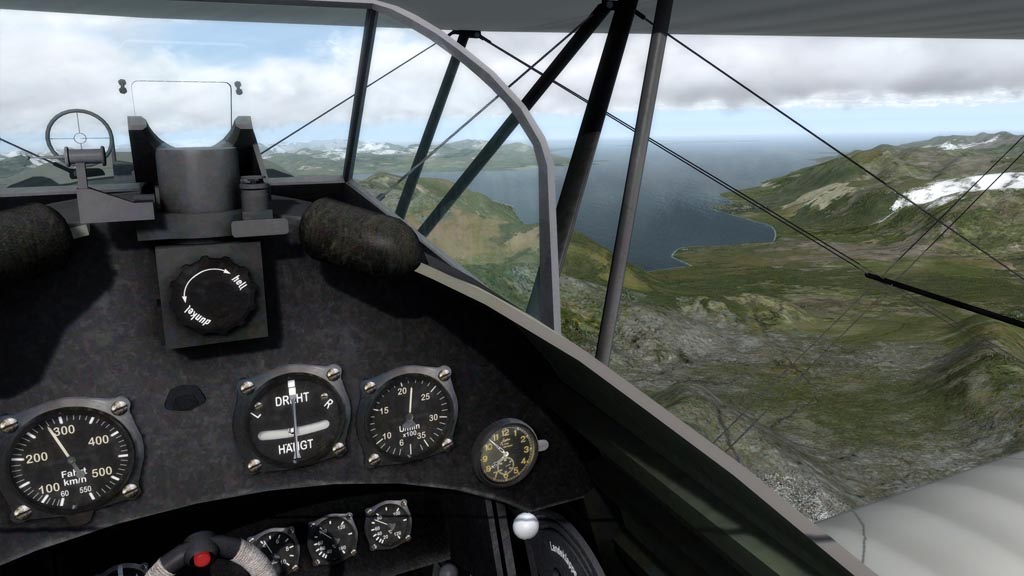
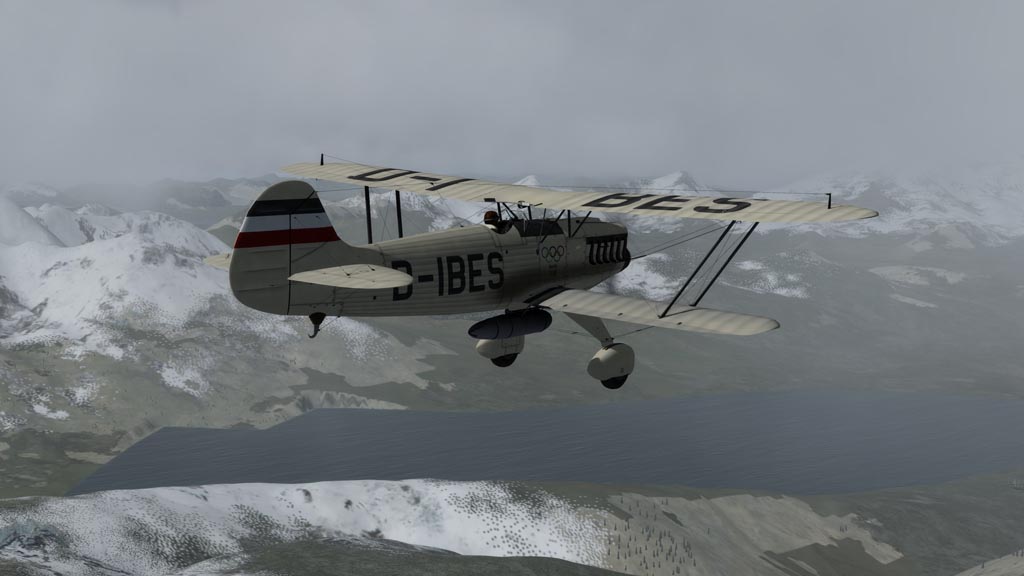
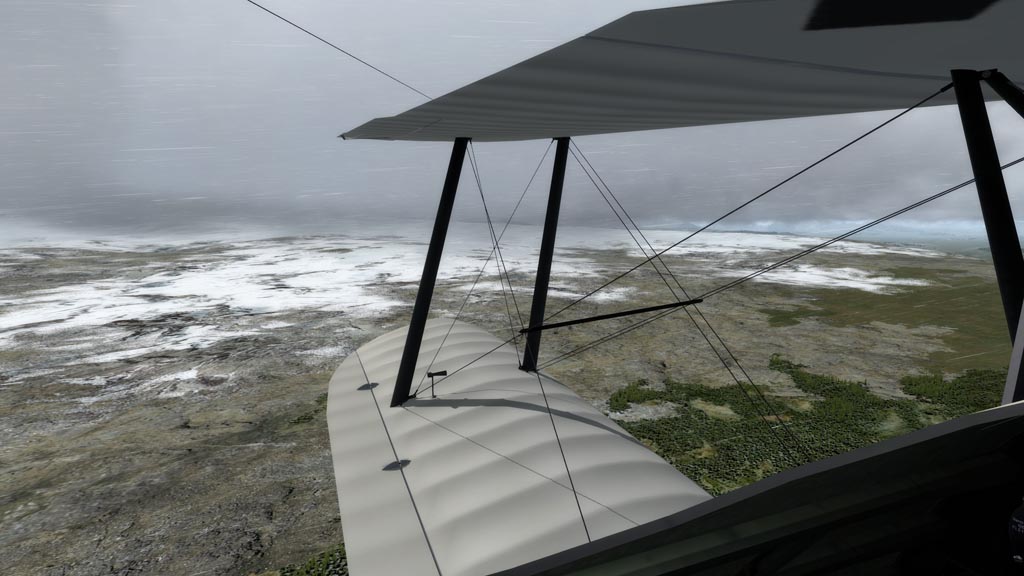
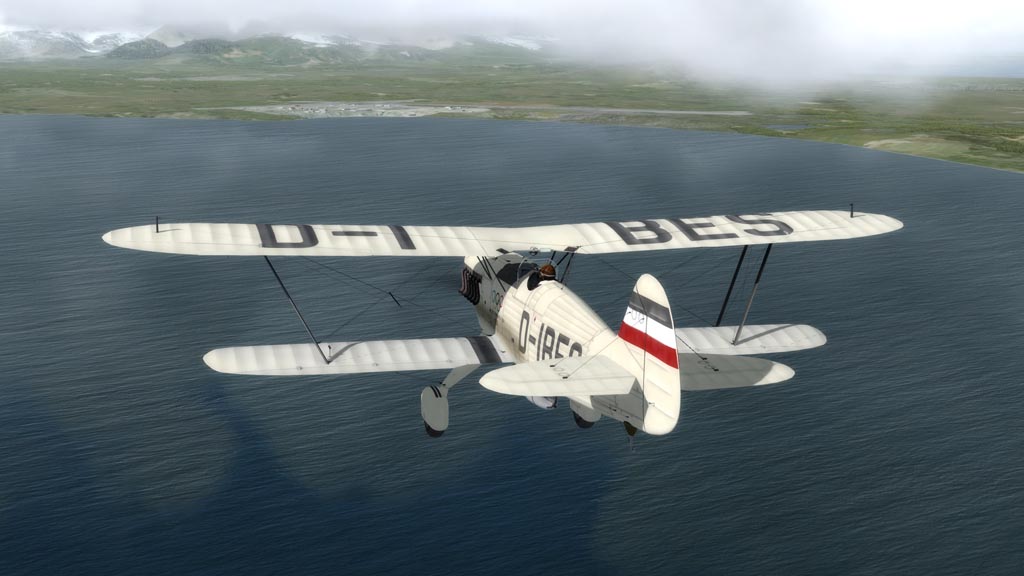
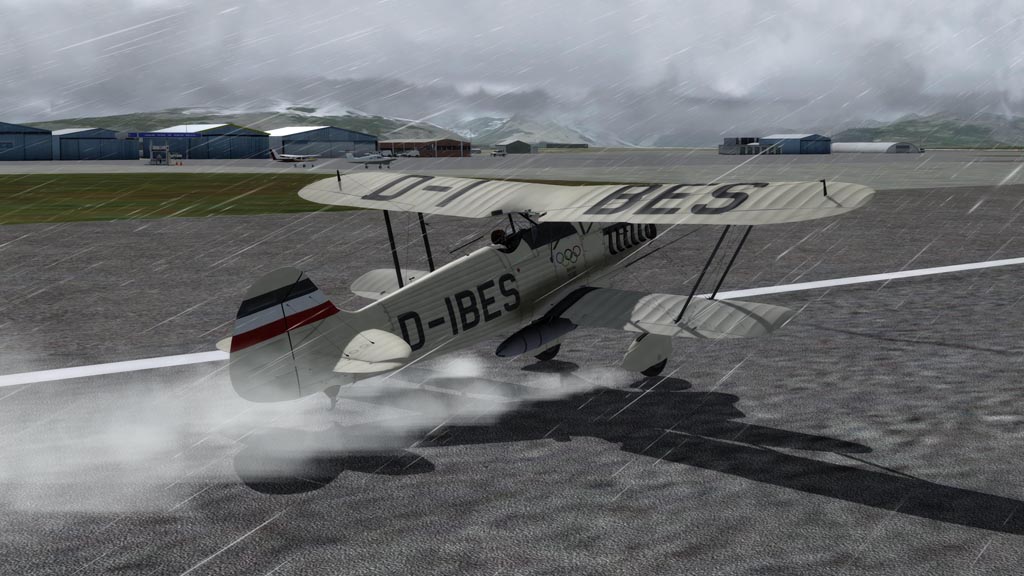



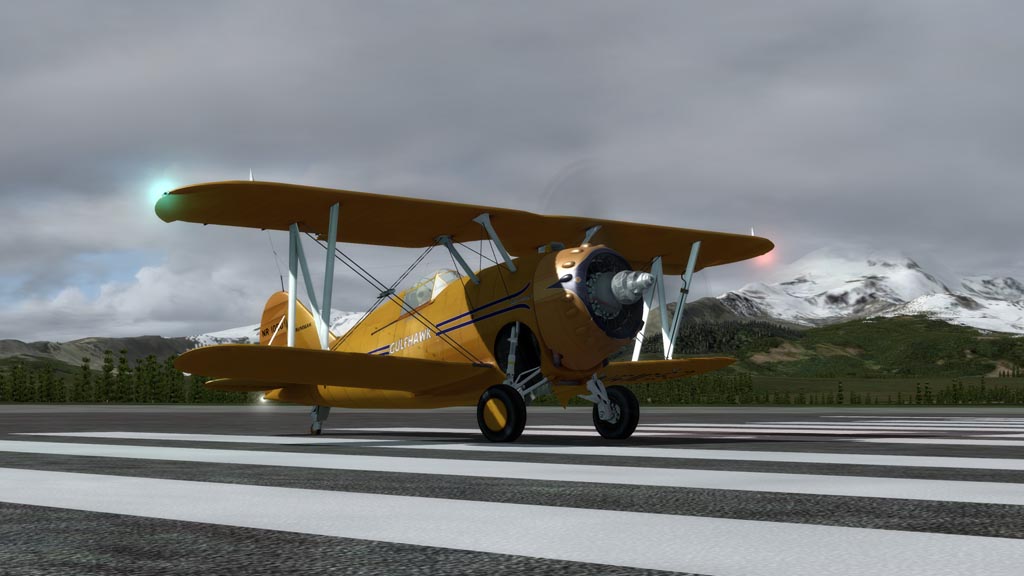
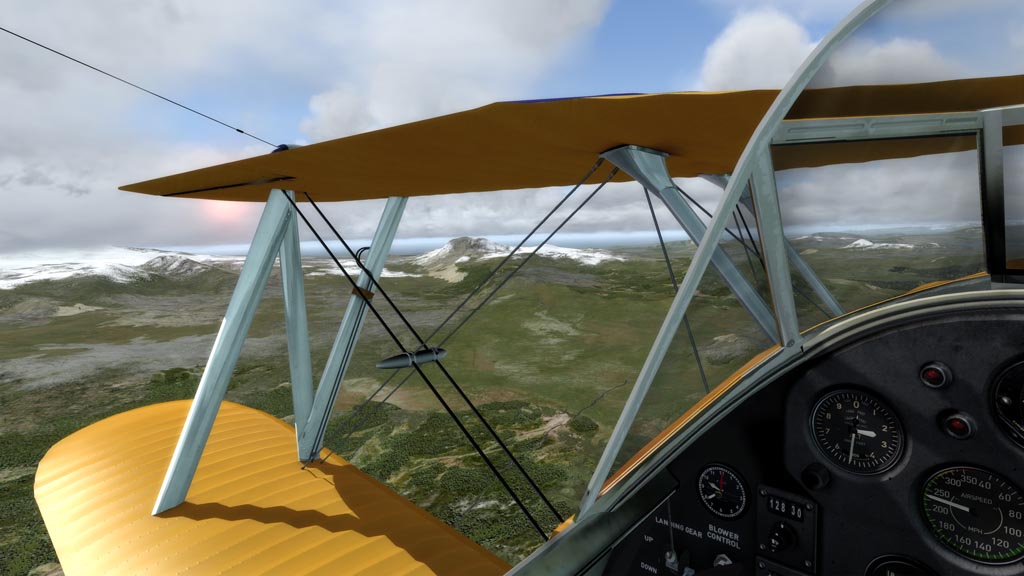
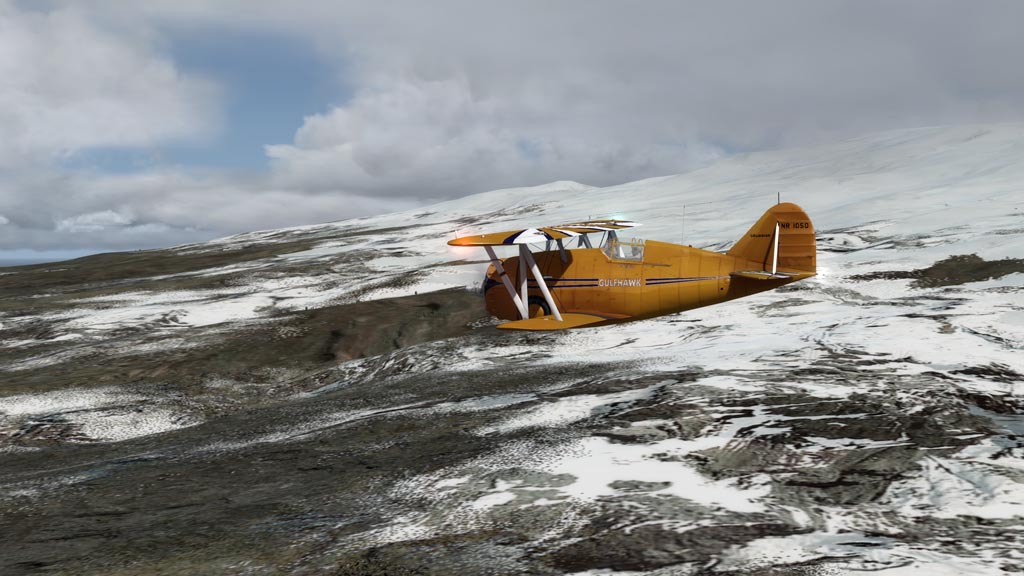
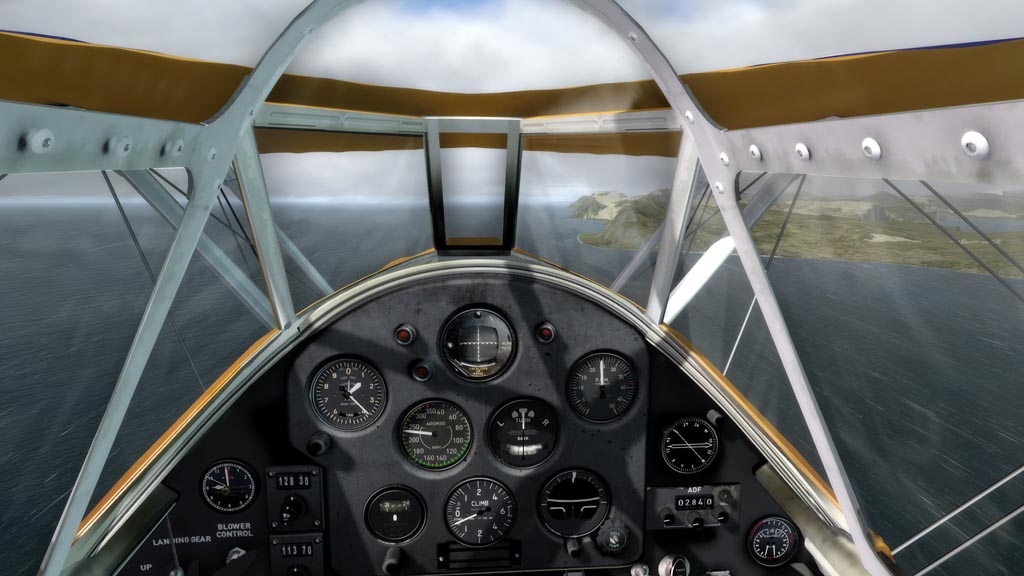
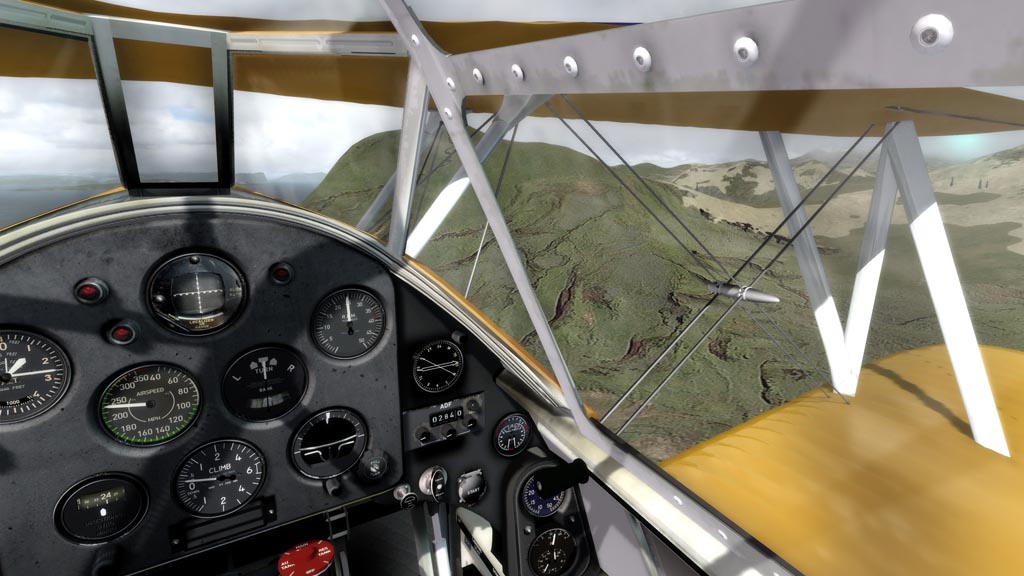
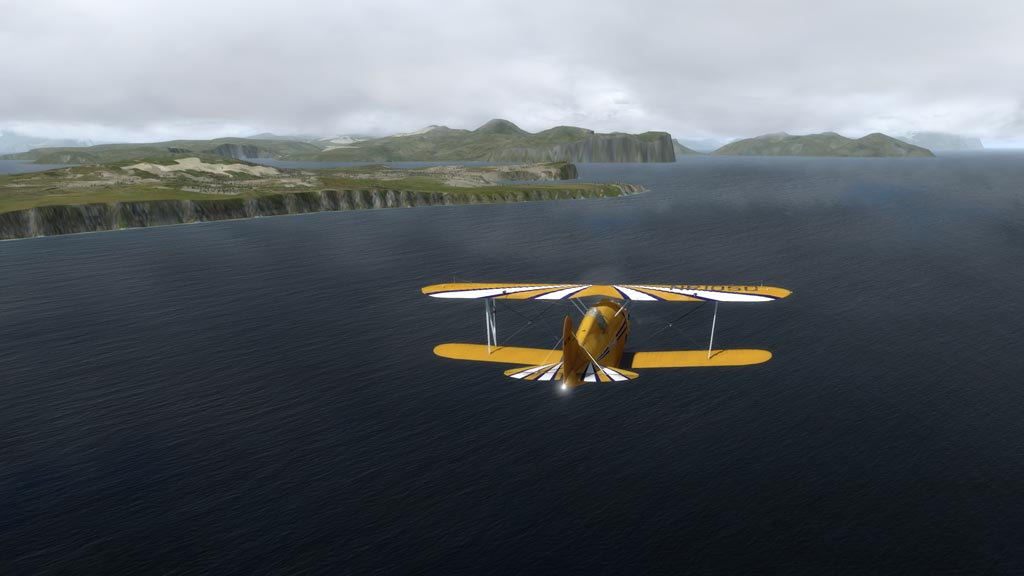
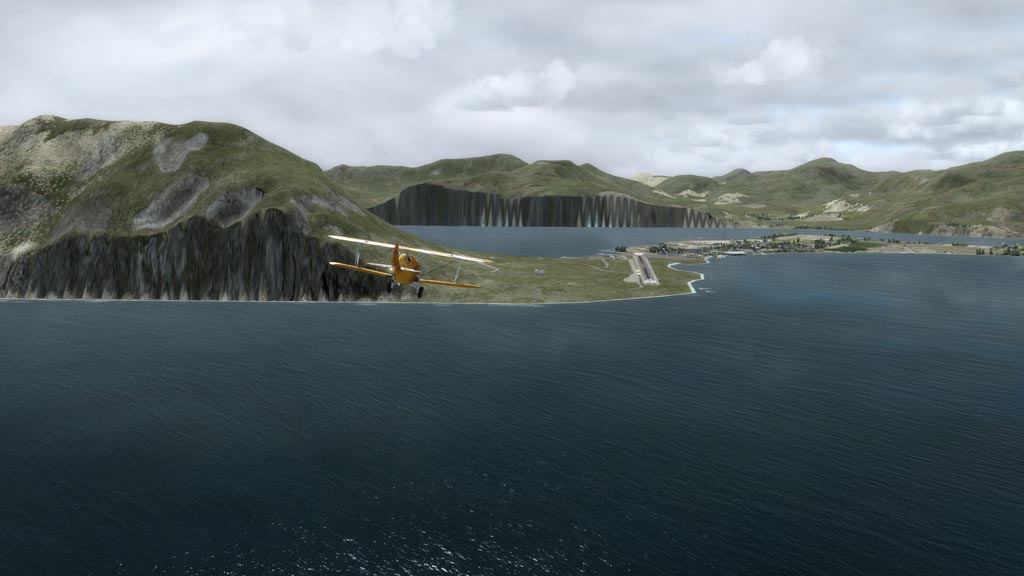
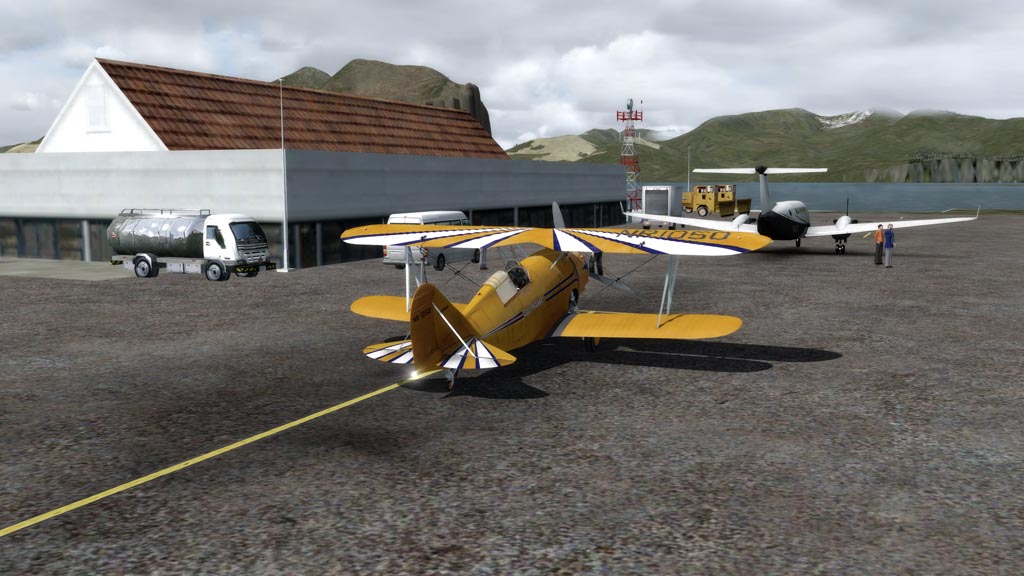
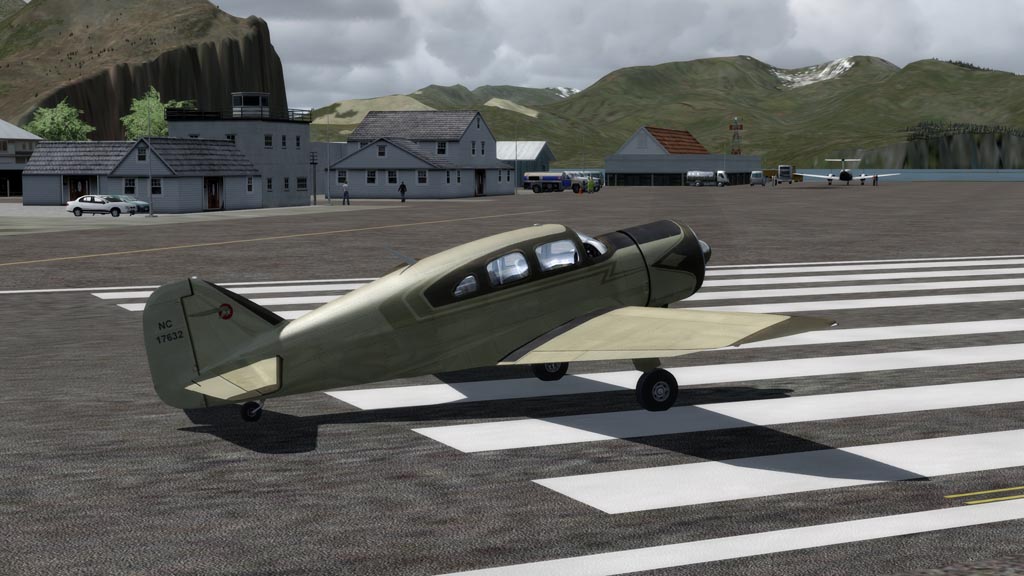
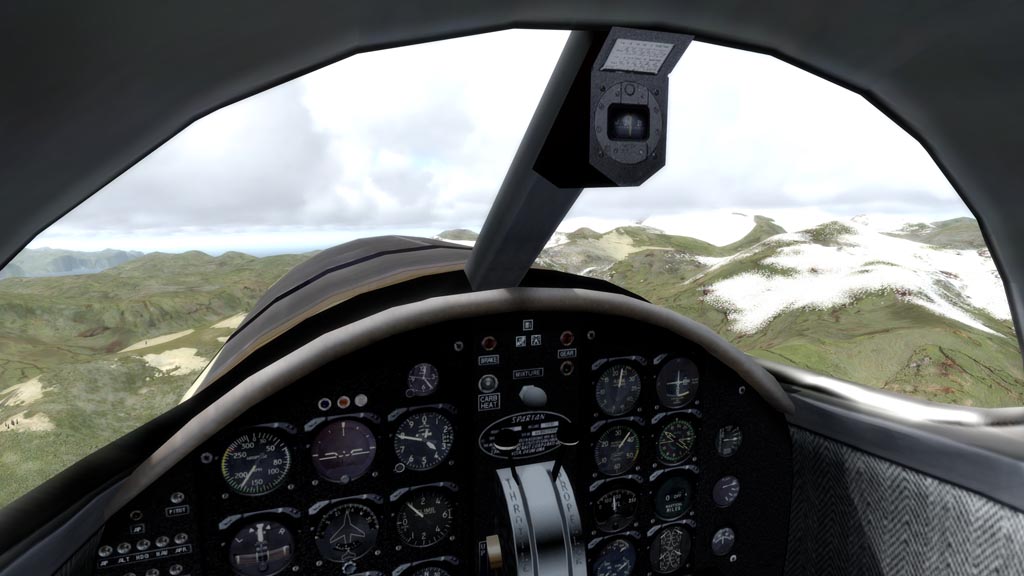
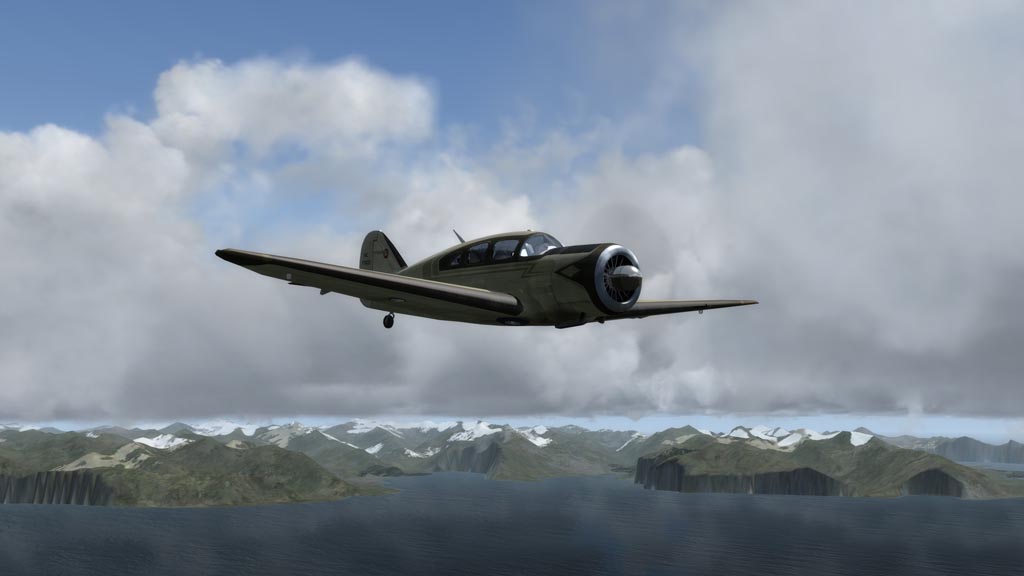
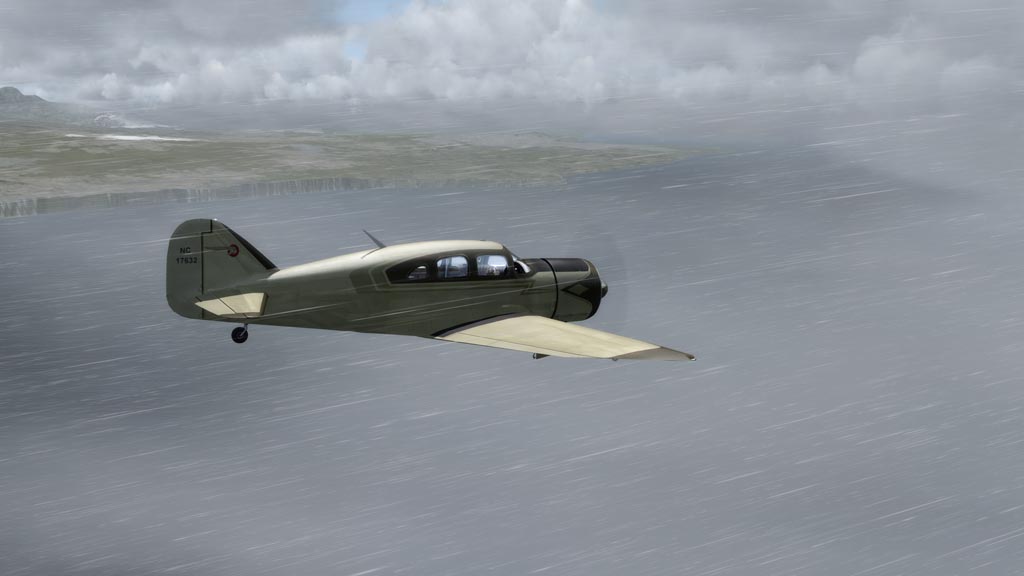
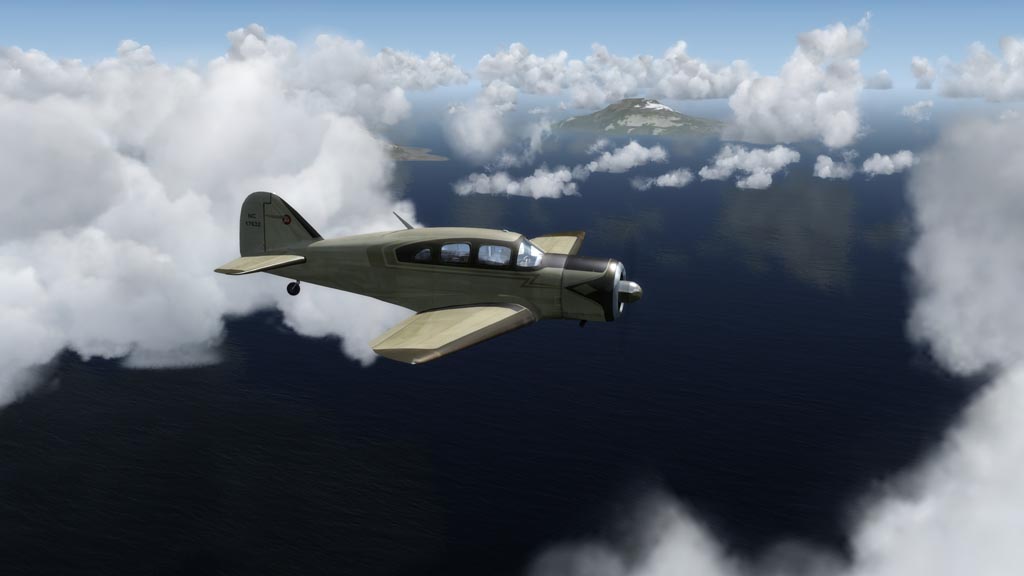
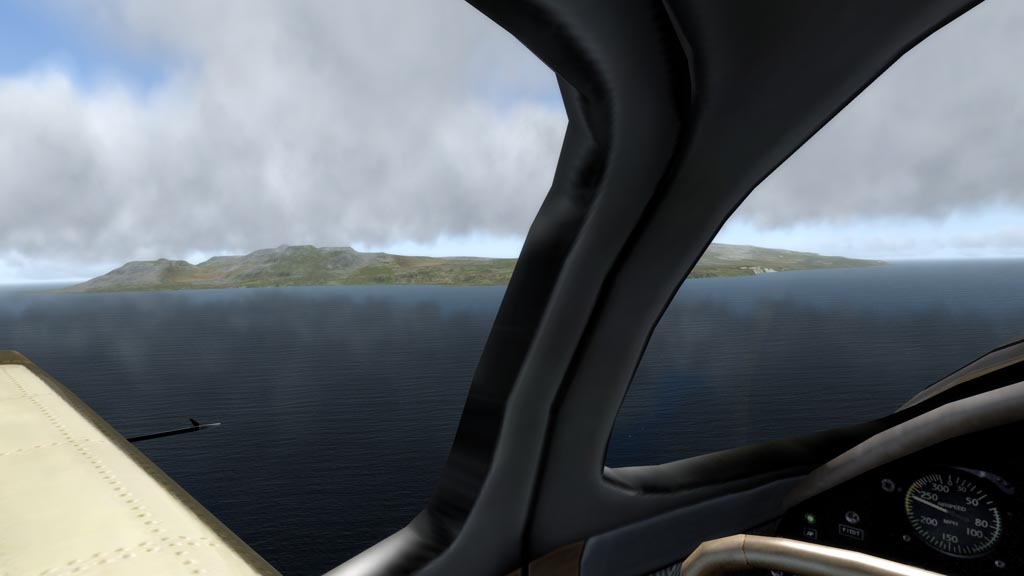
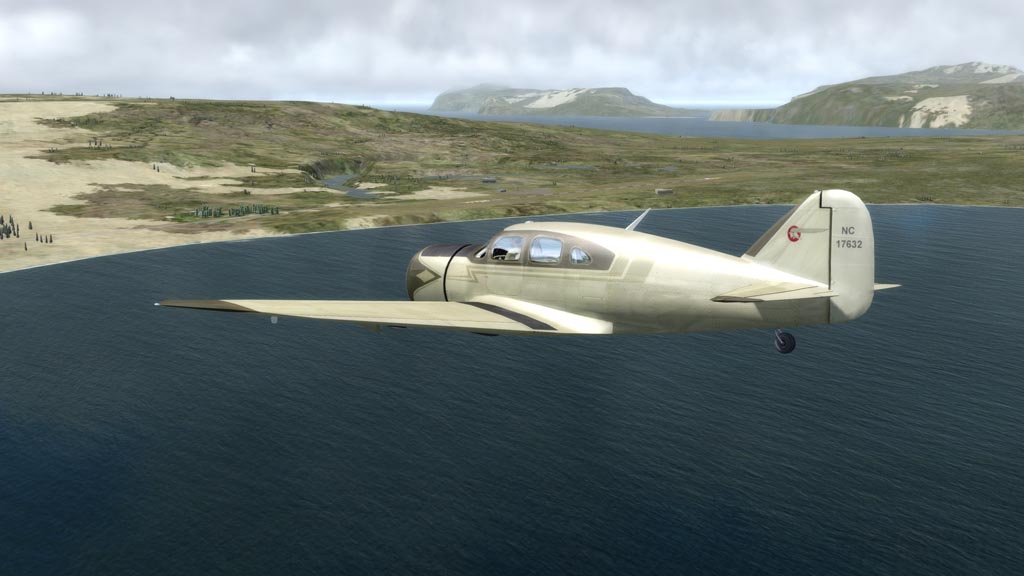
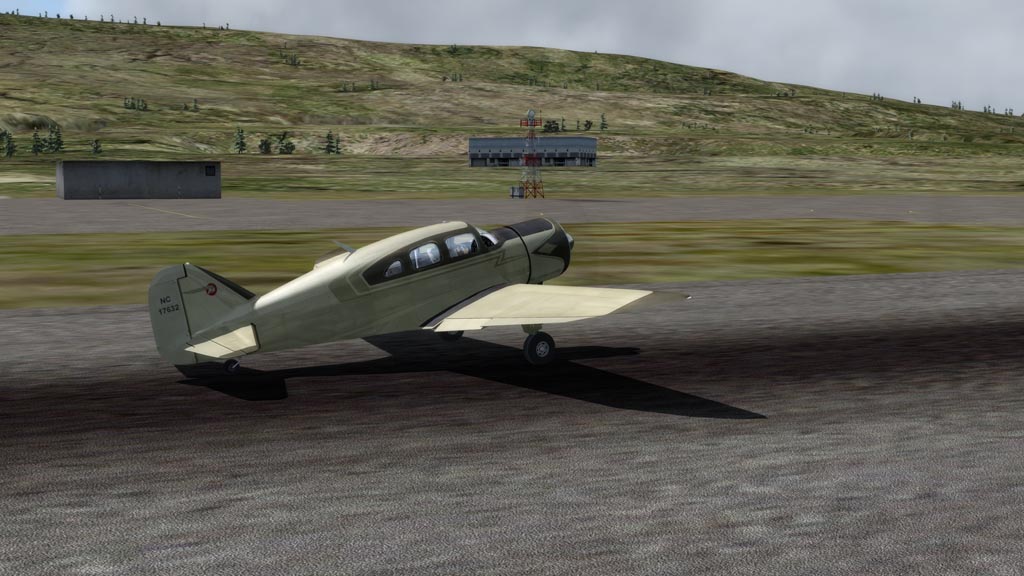


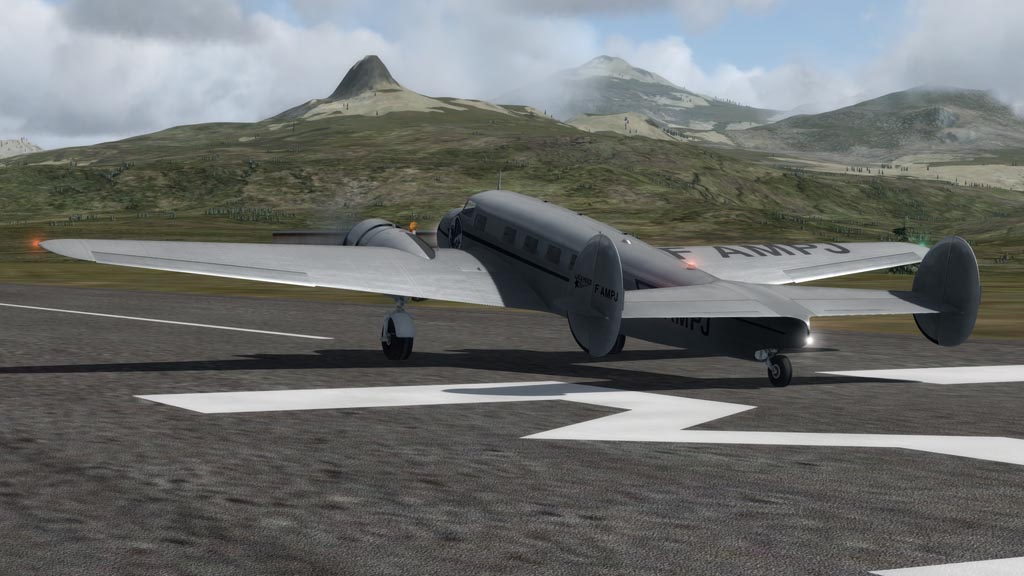
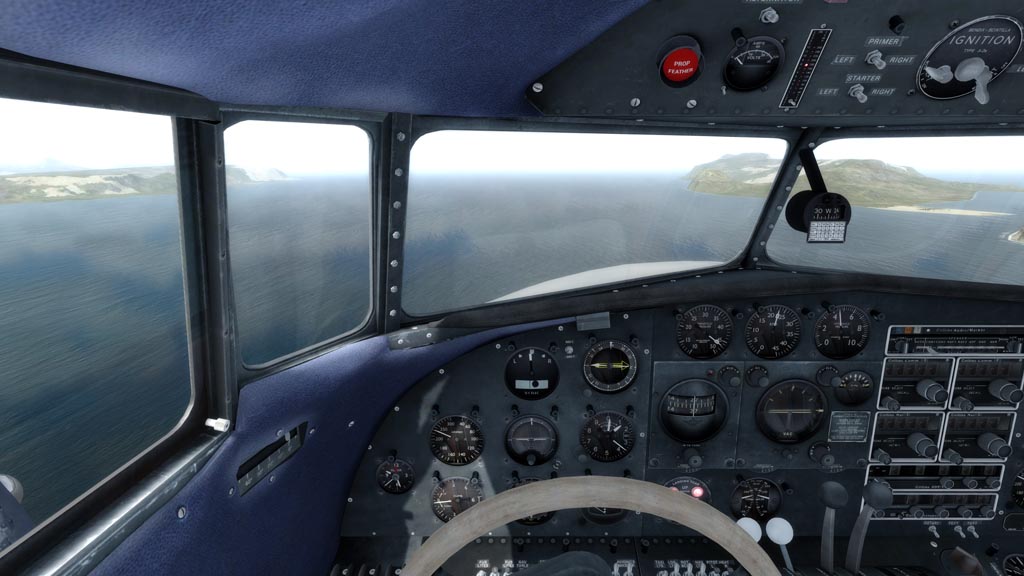
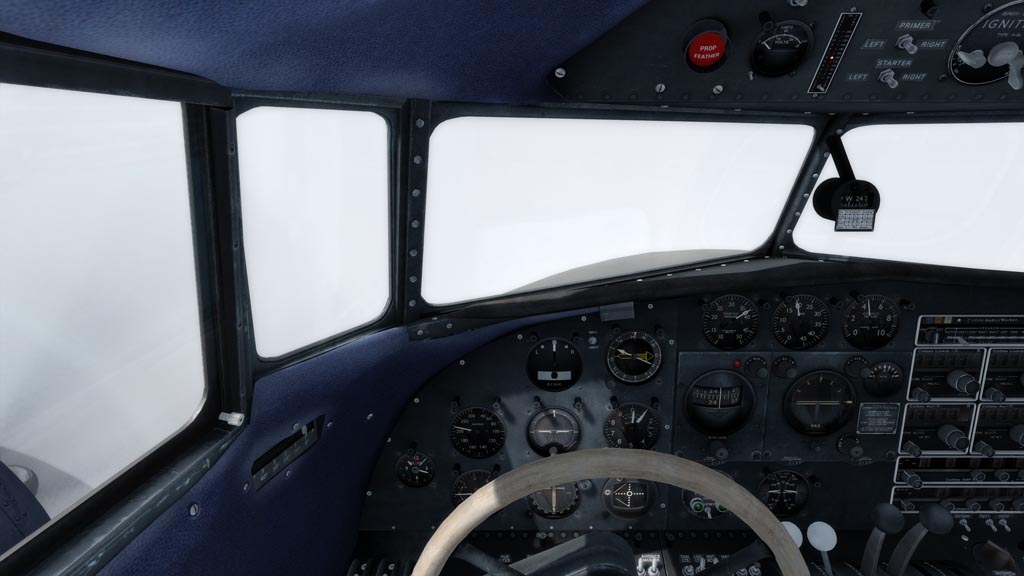
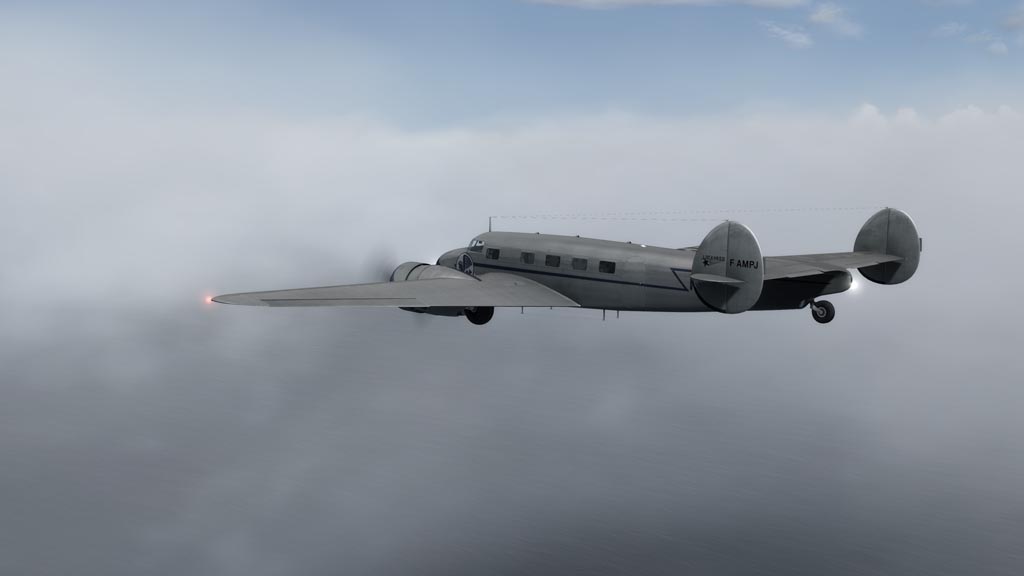
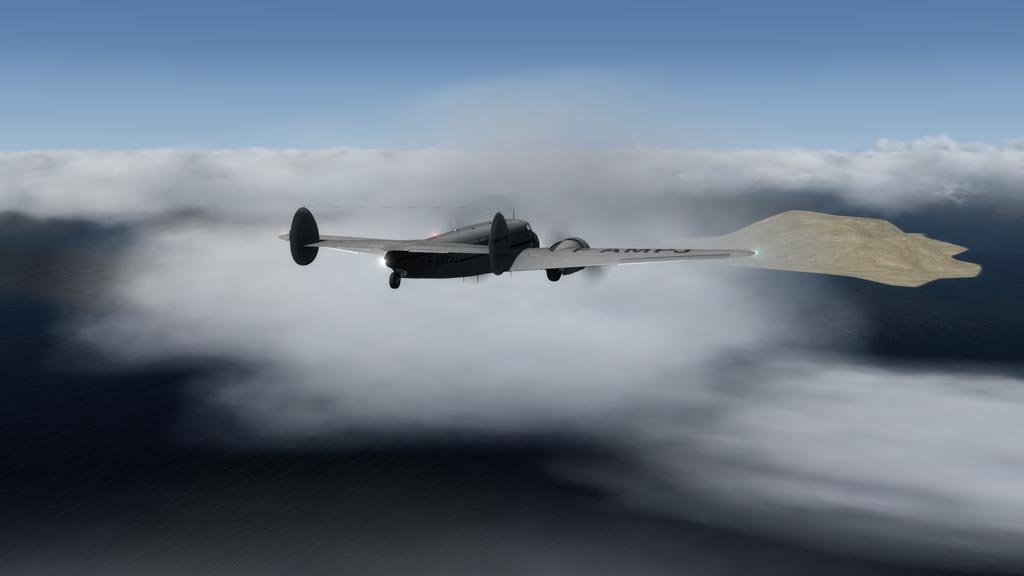
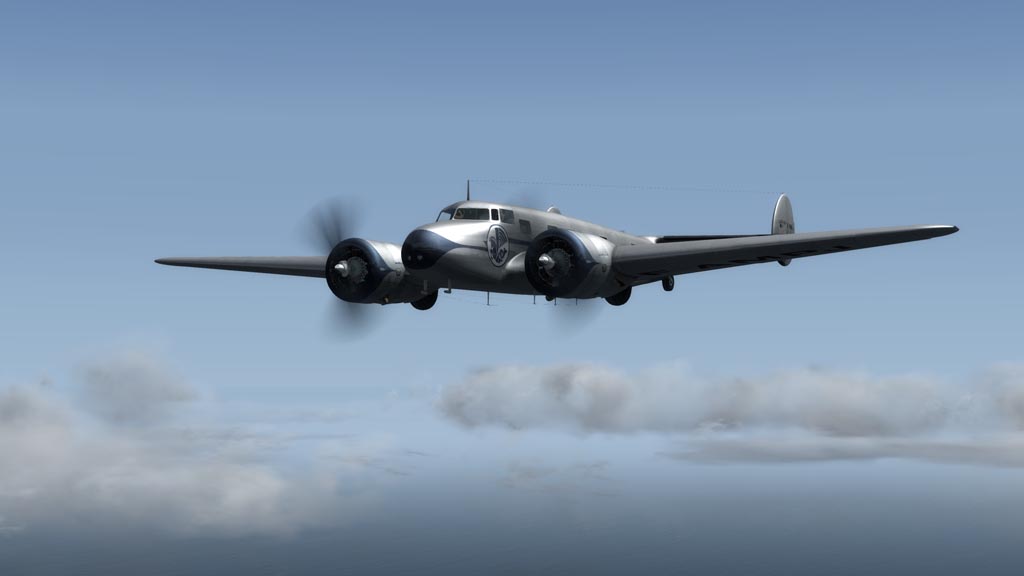
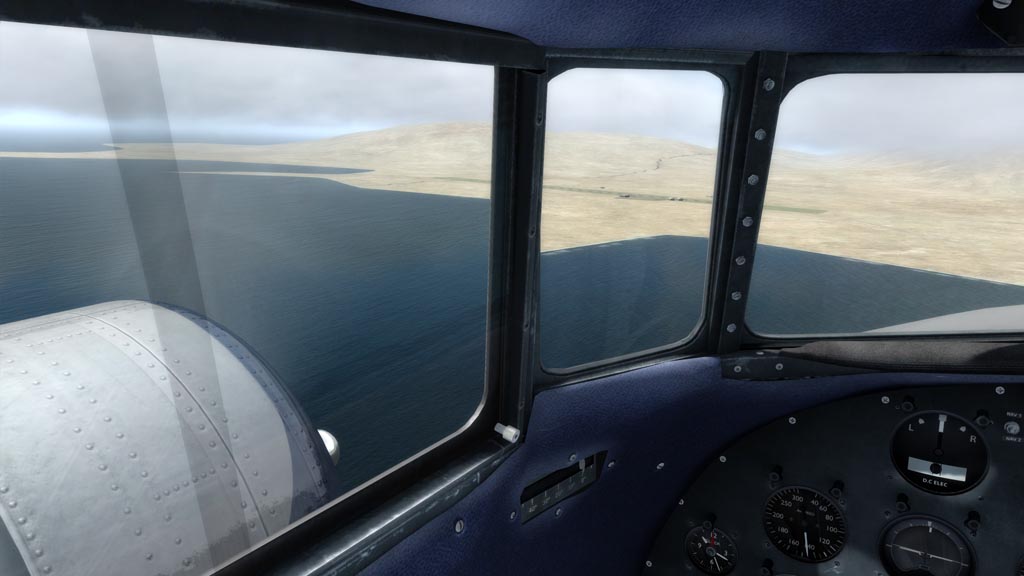
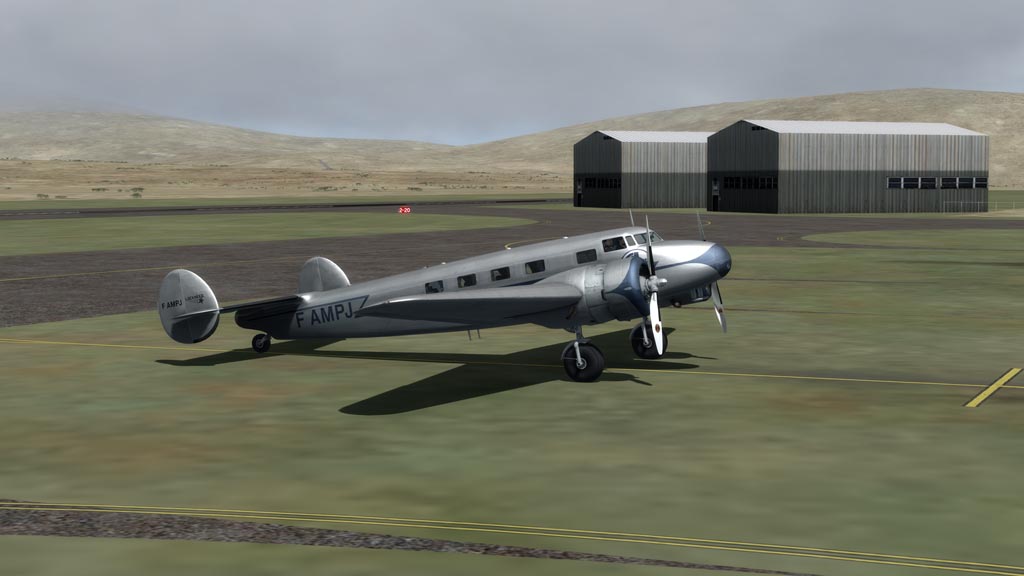
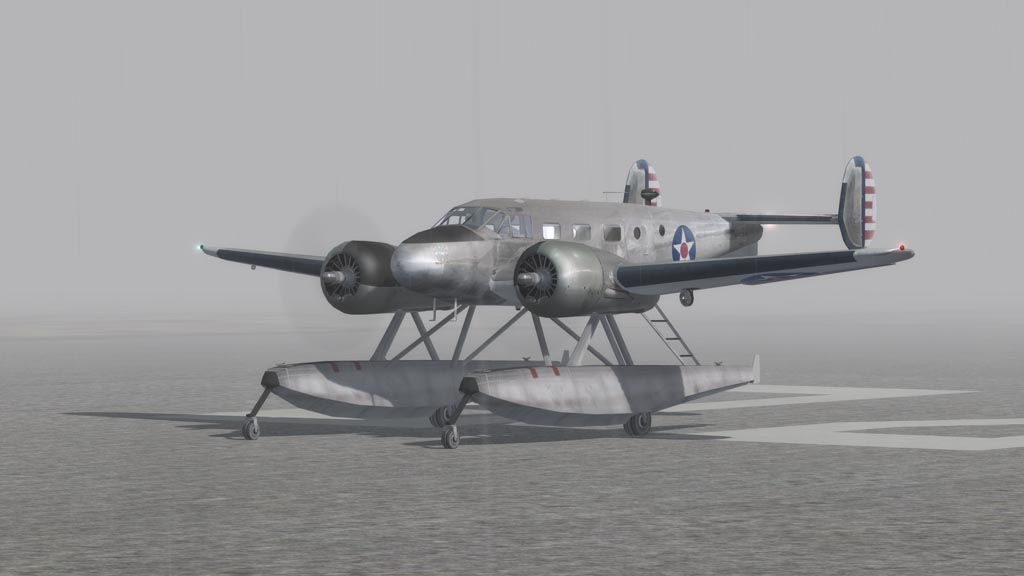
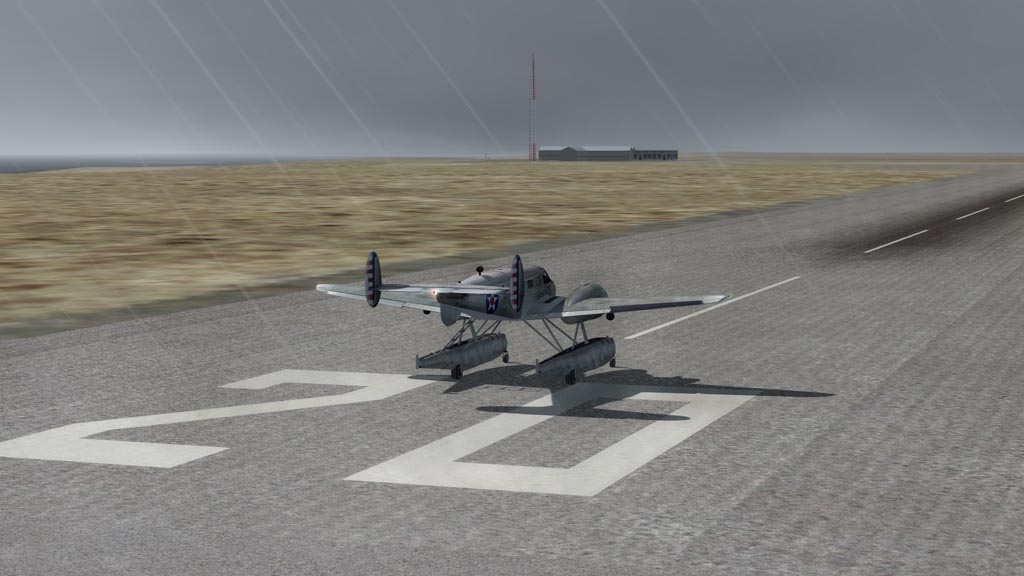
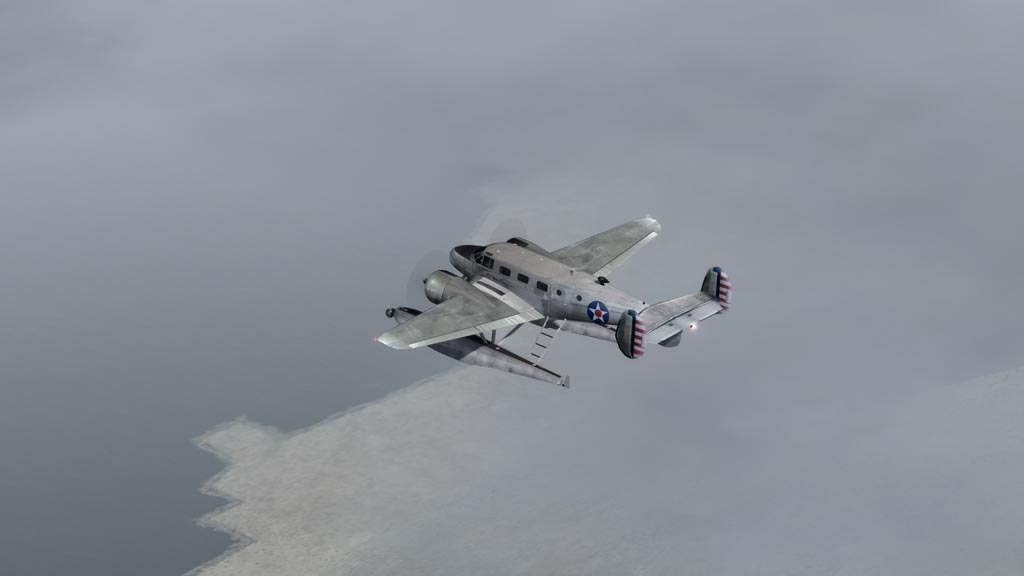
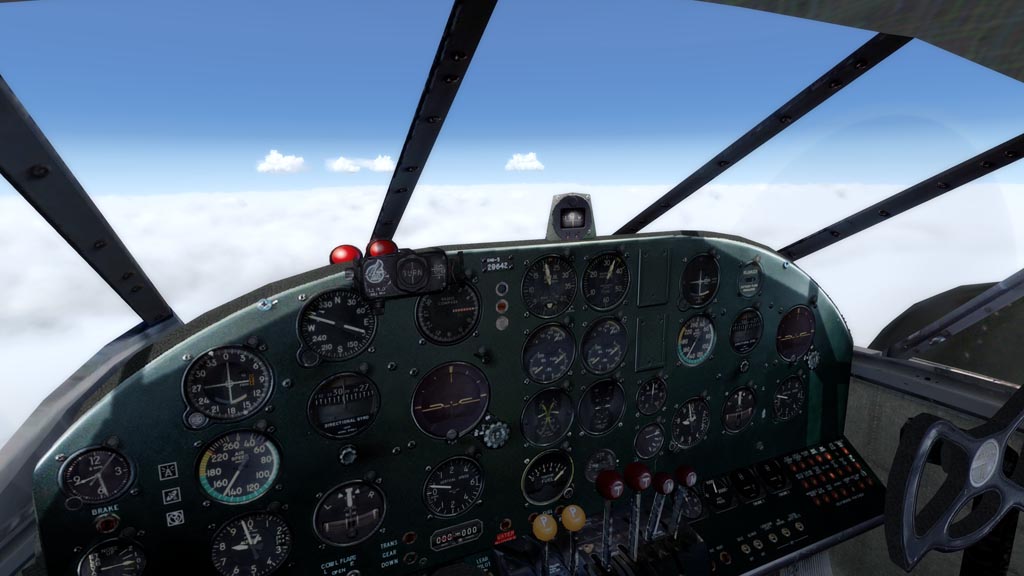
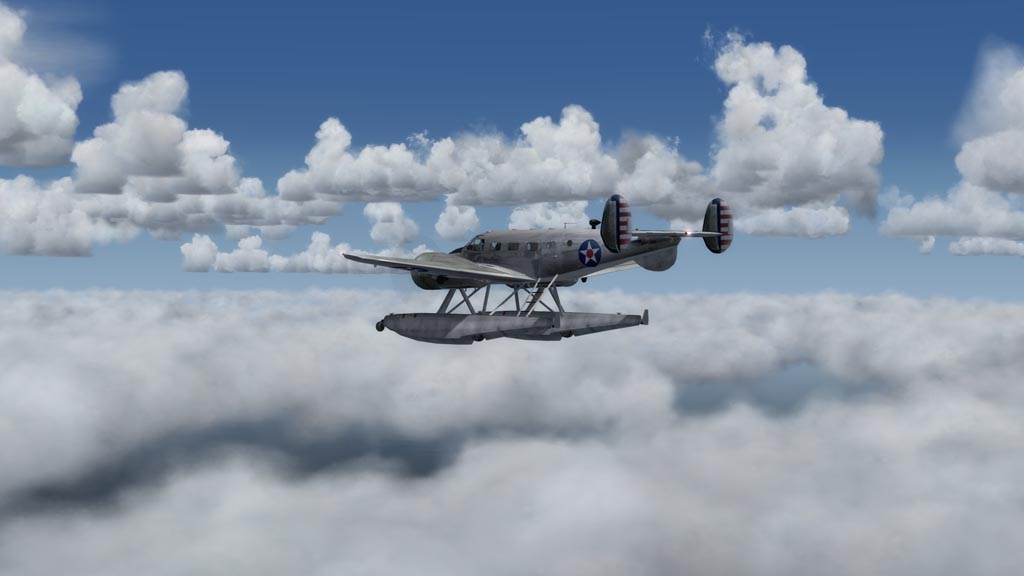
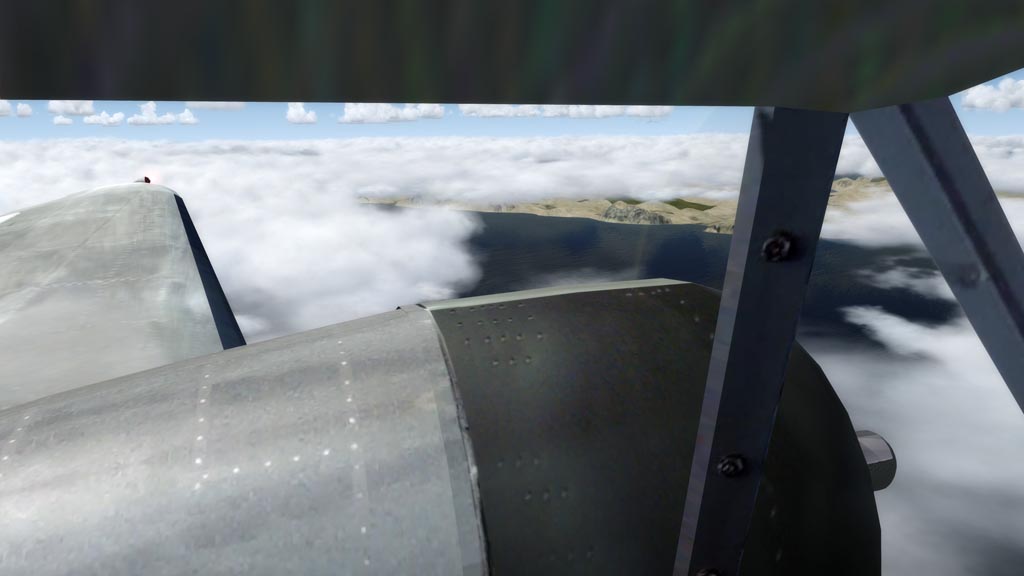
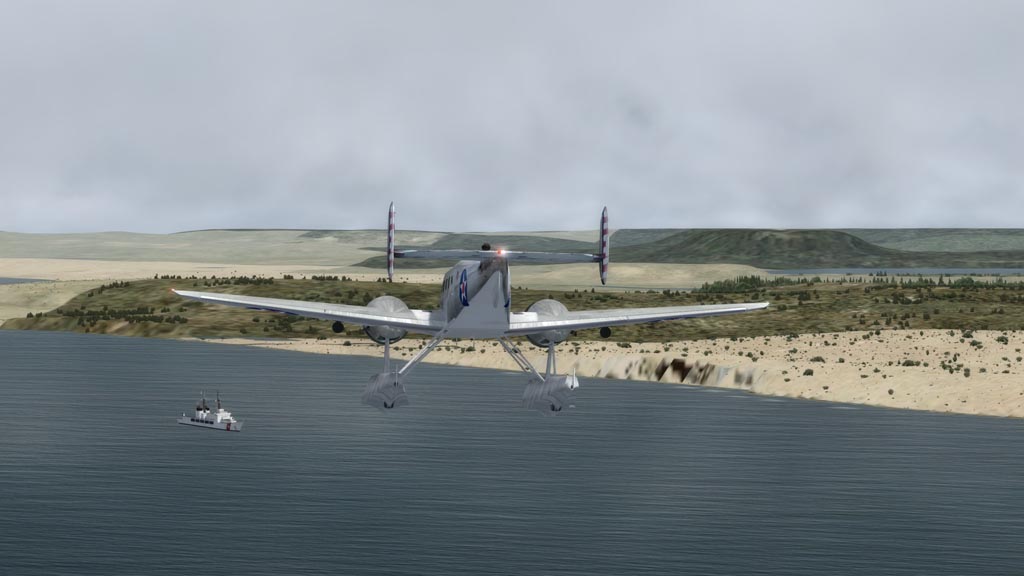
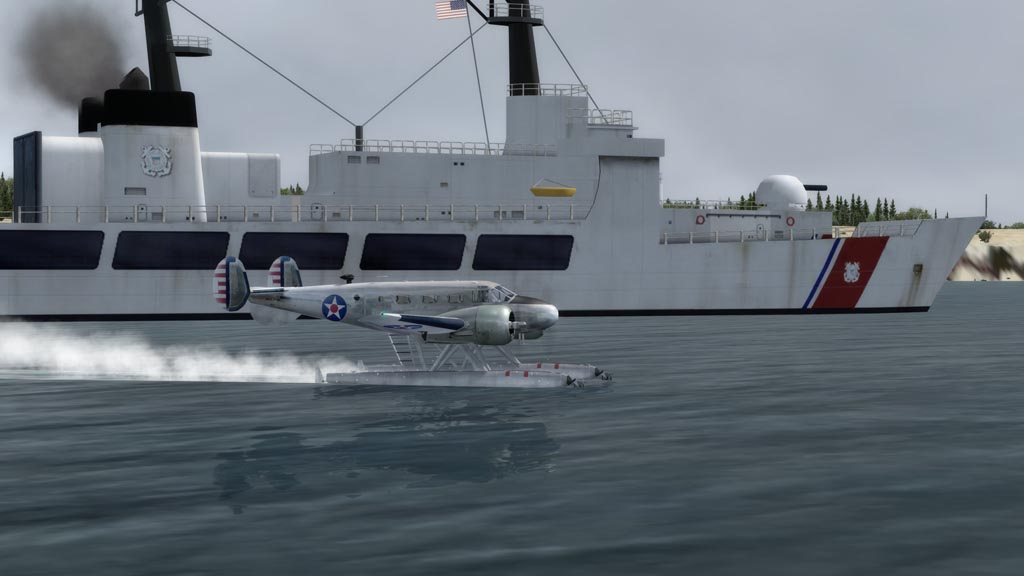
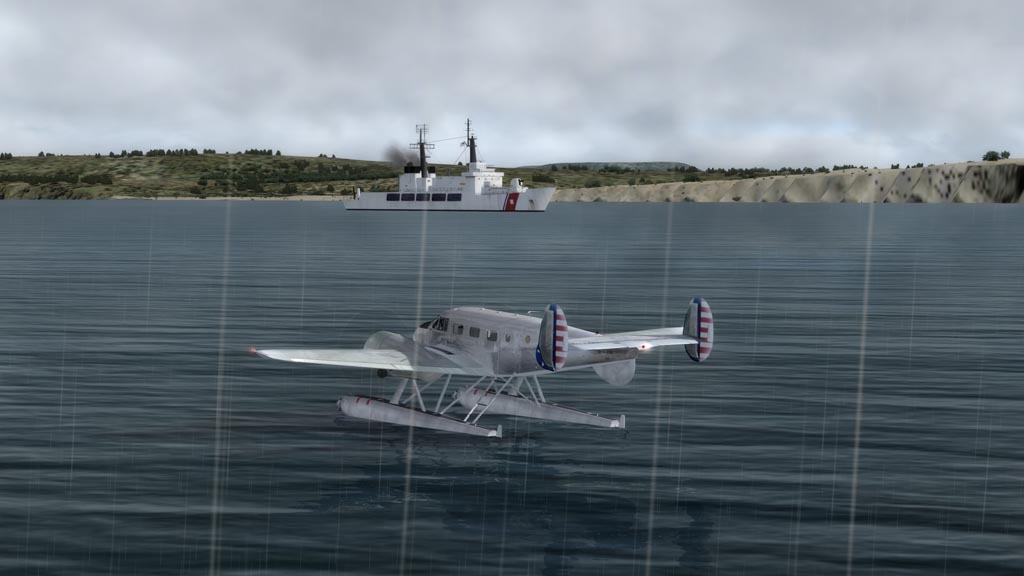
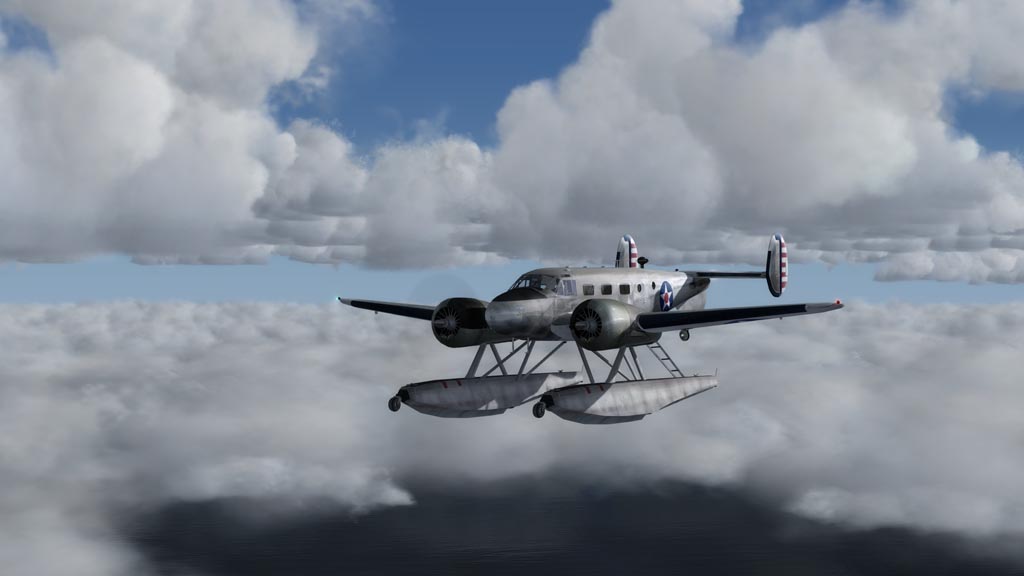
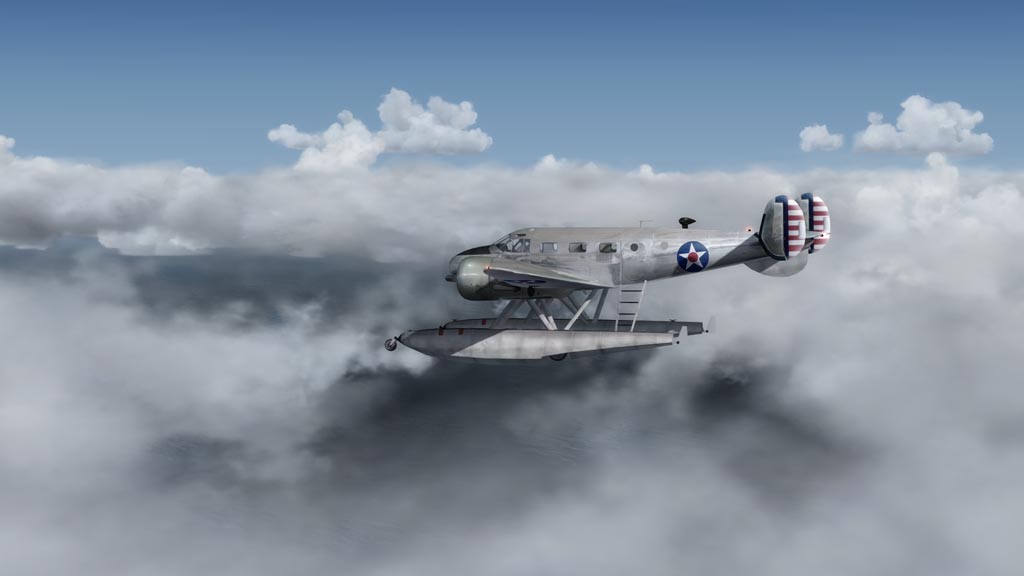
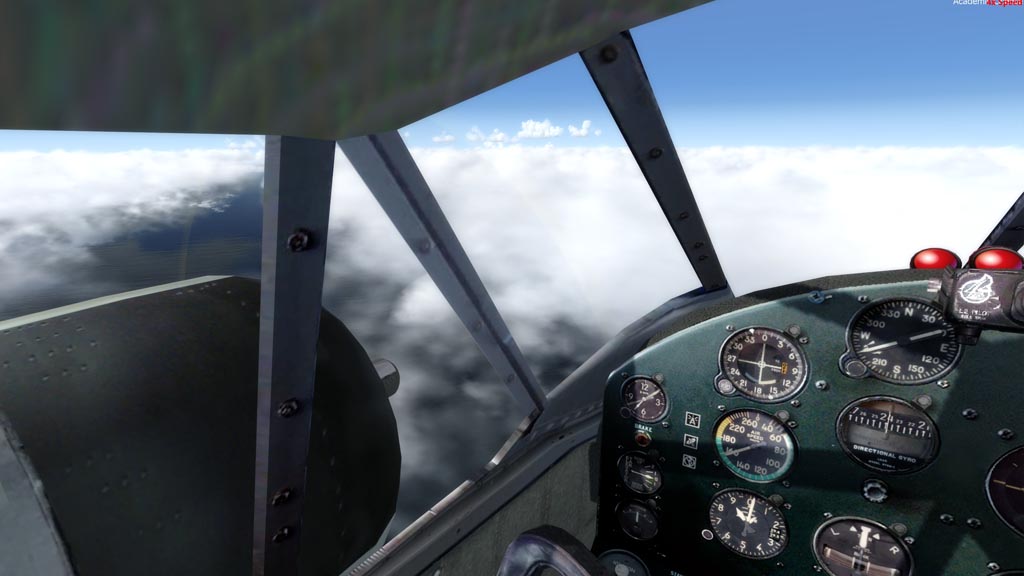
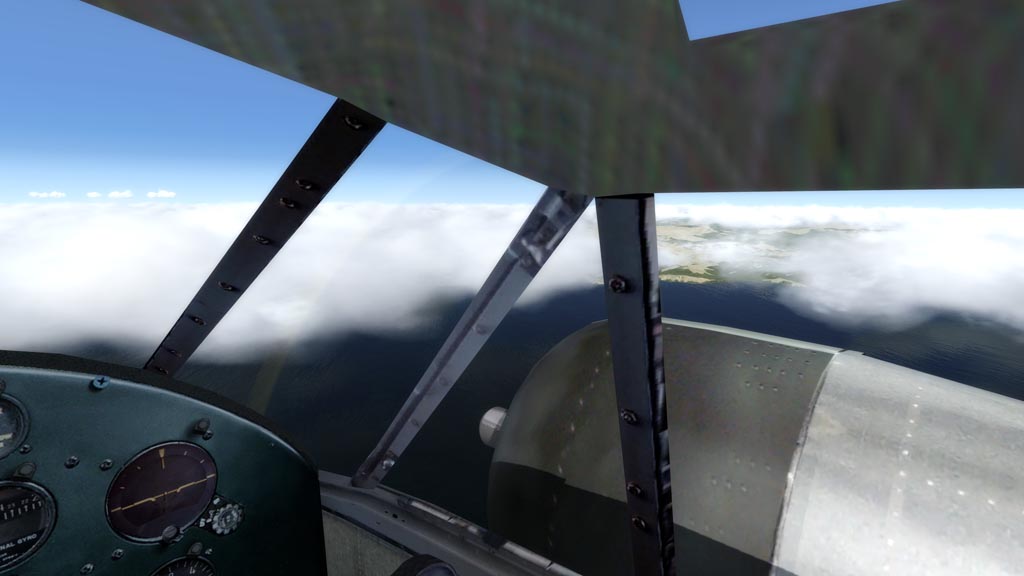
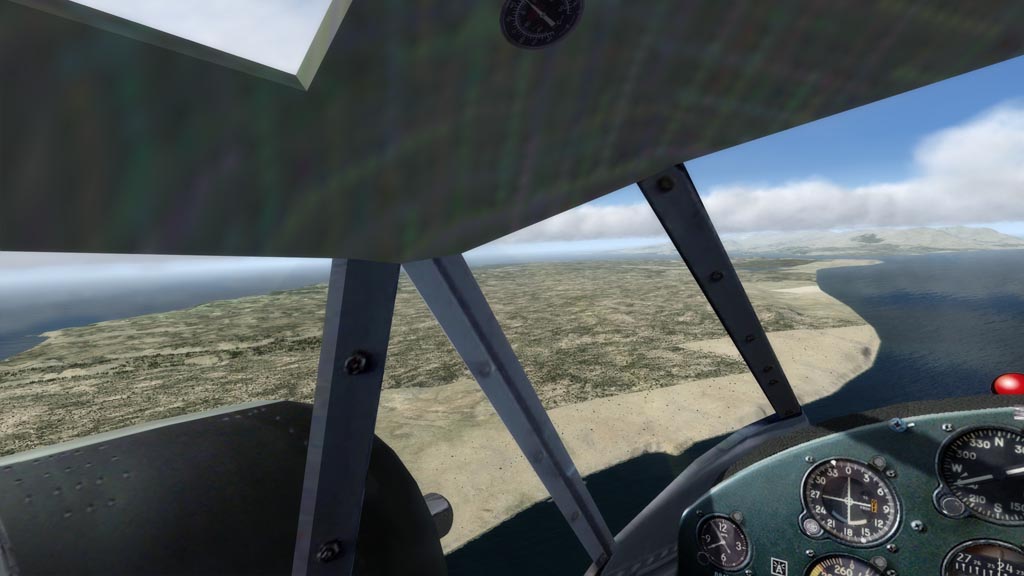
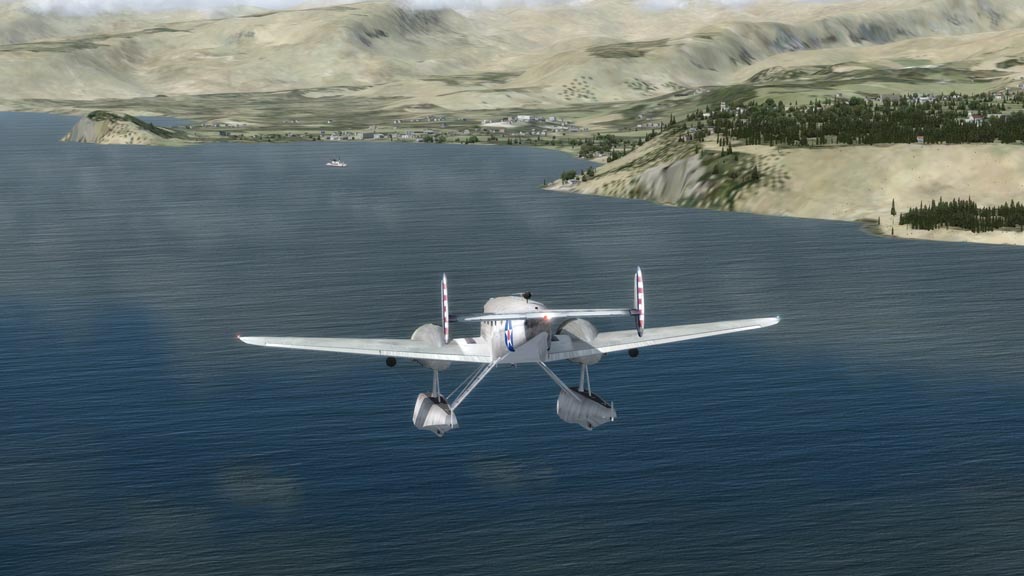
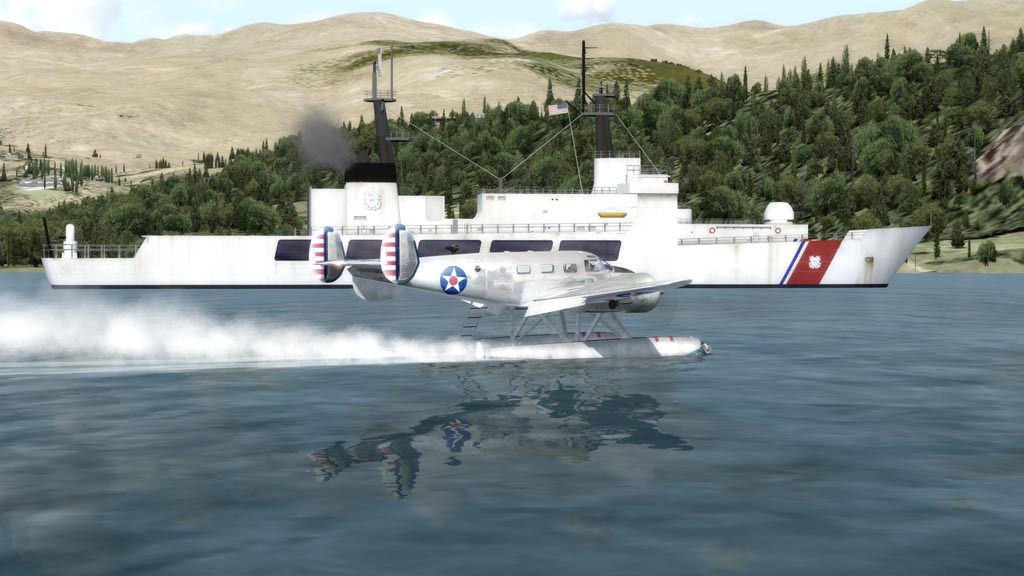
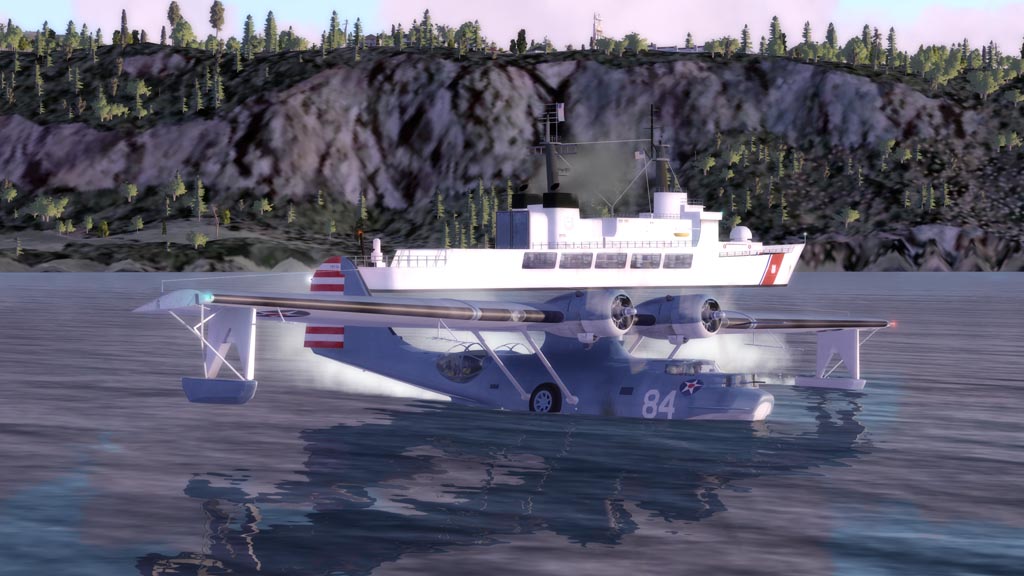
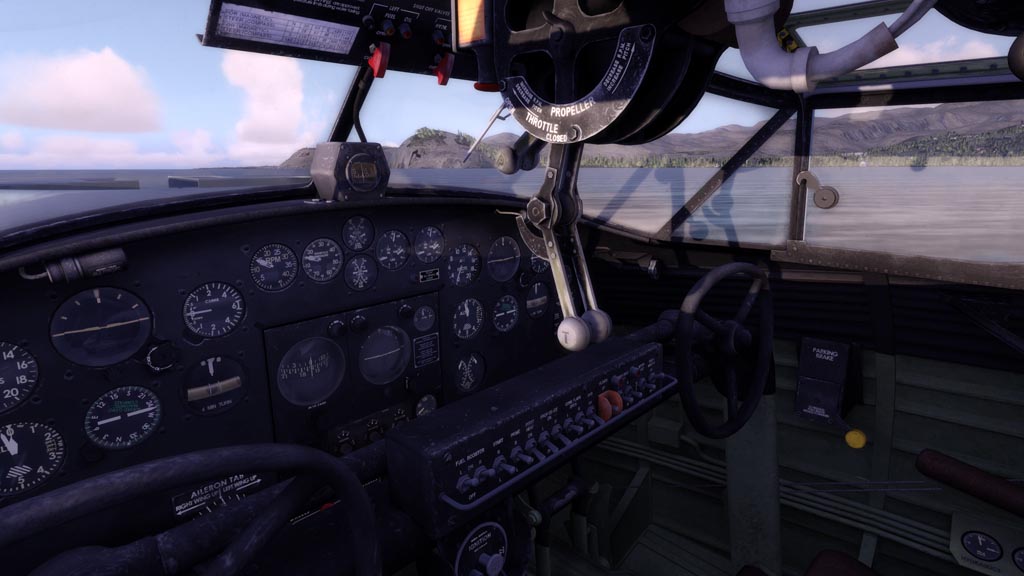
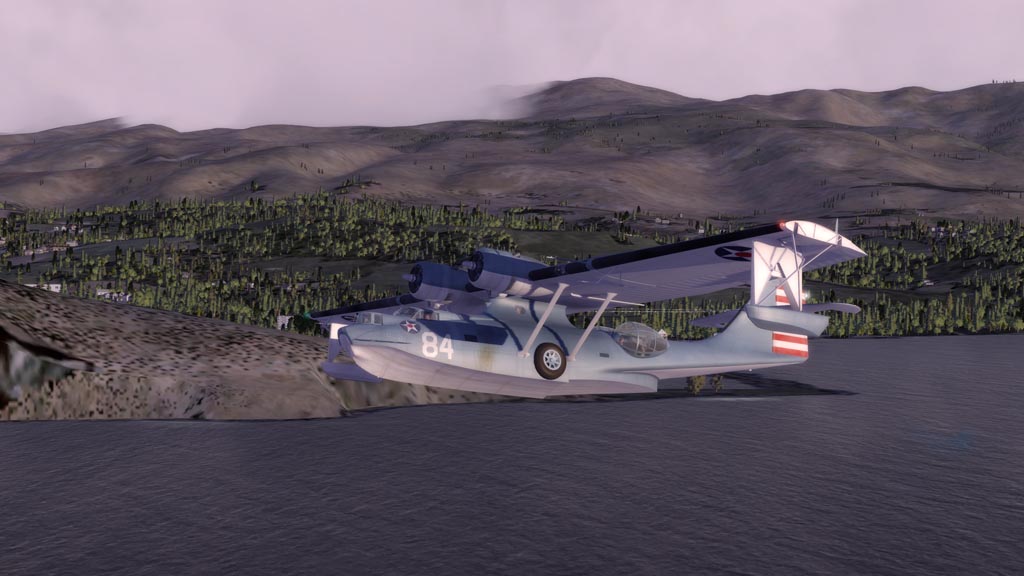
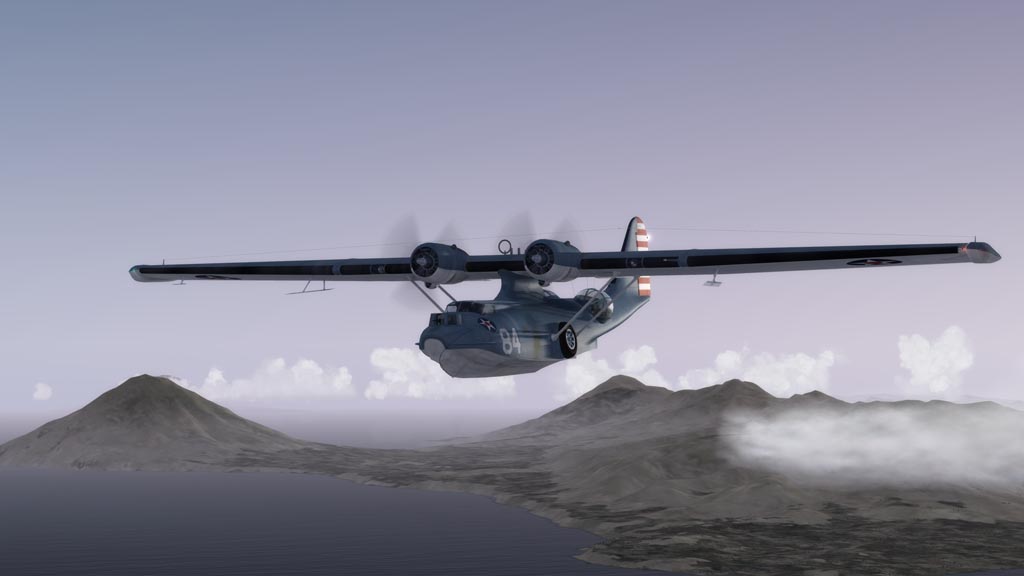
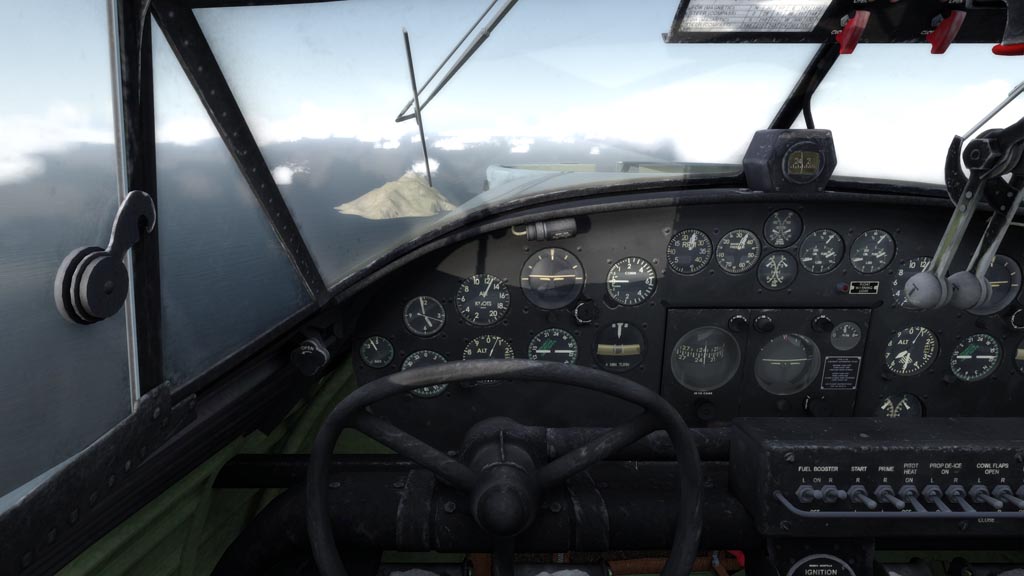
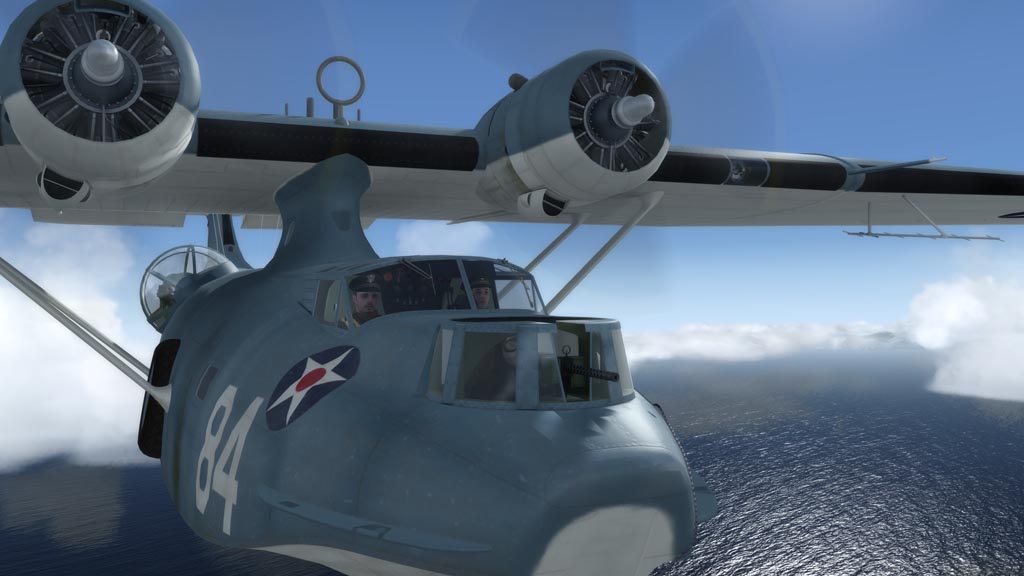
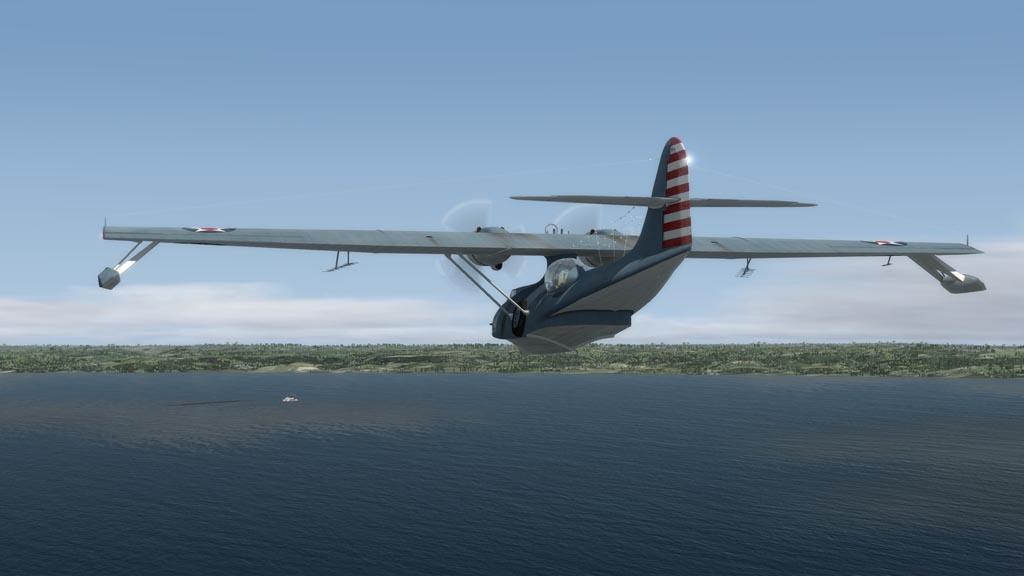
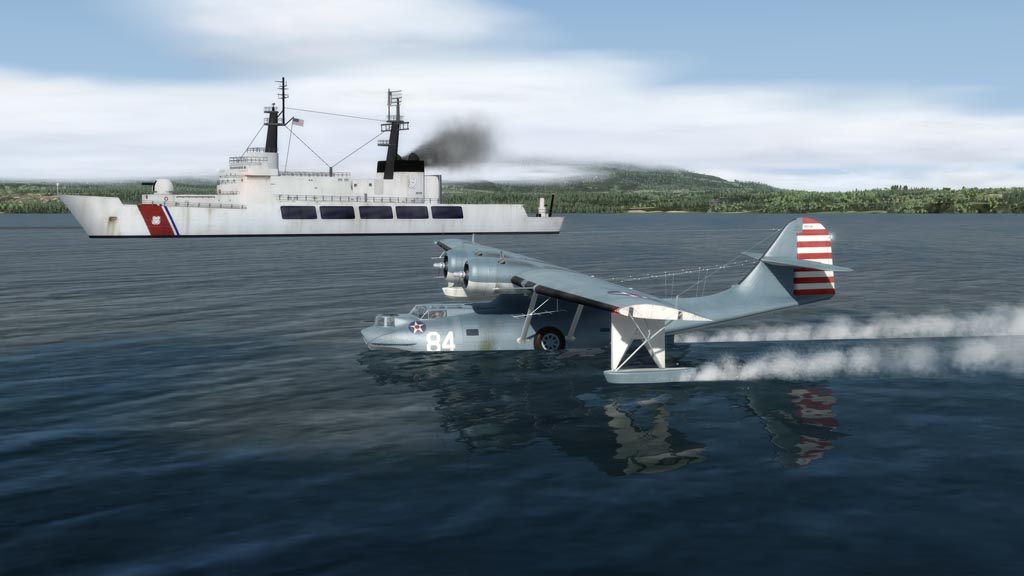
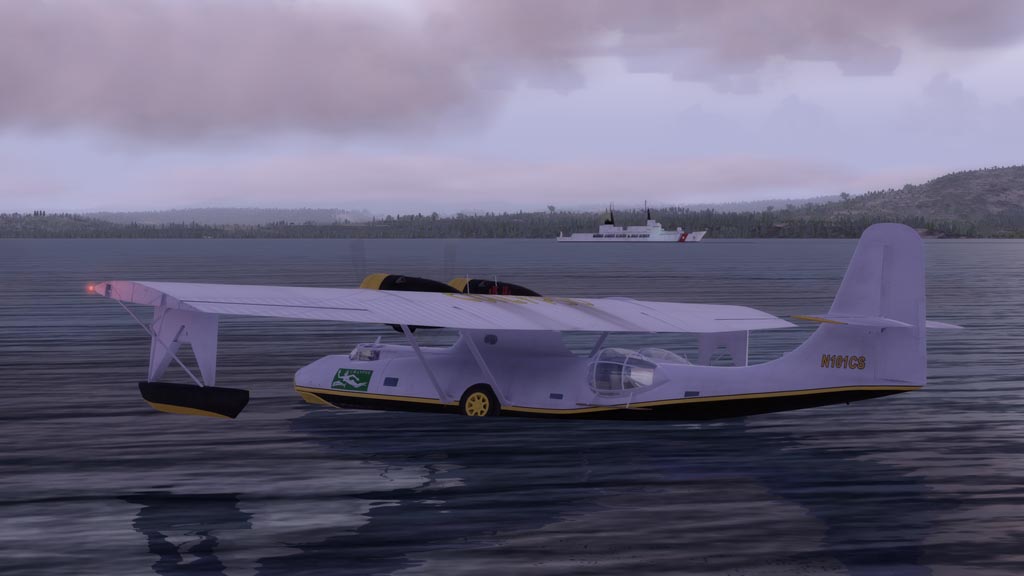
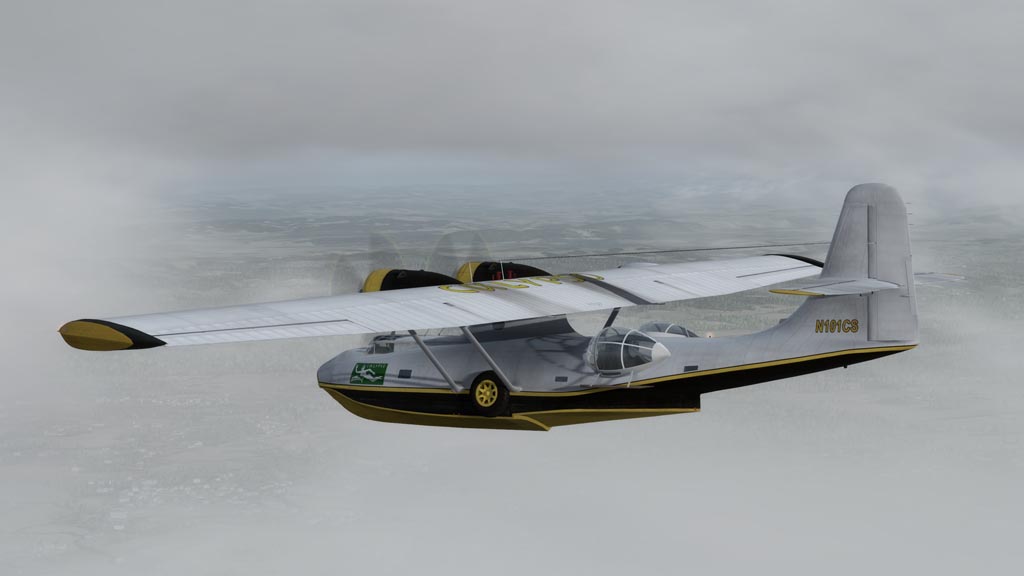
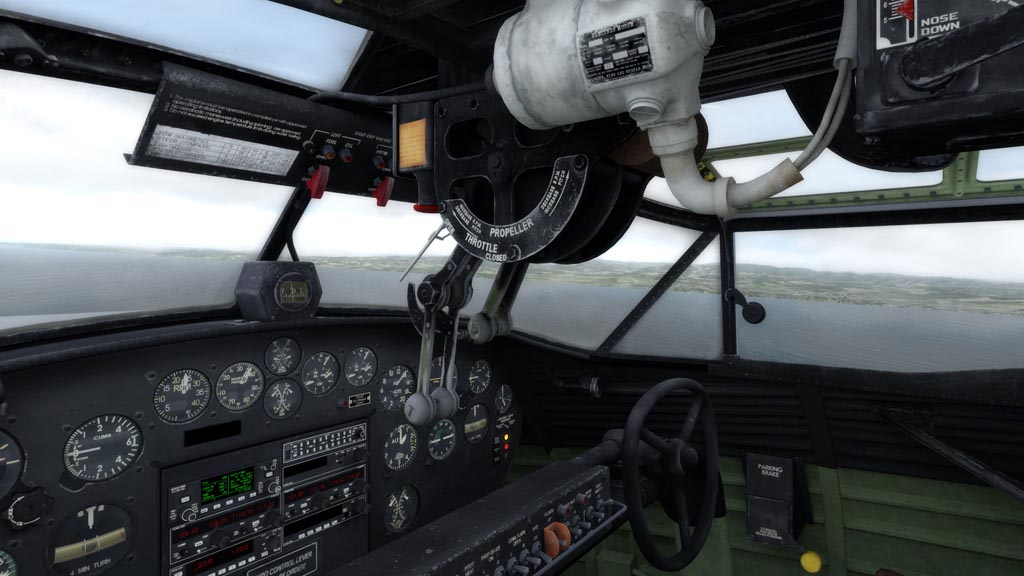
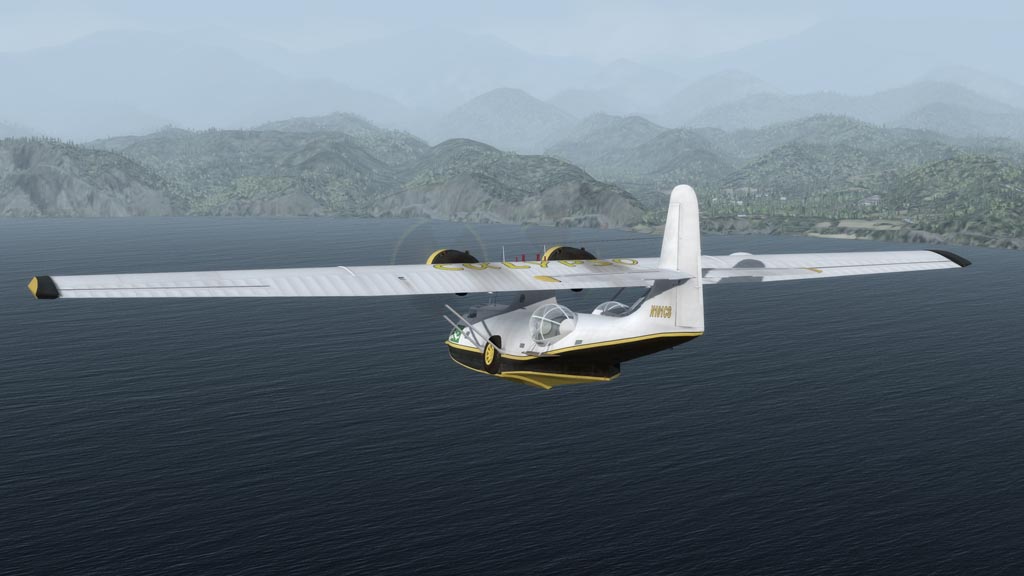



Bookmarks